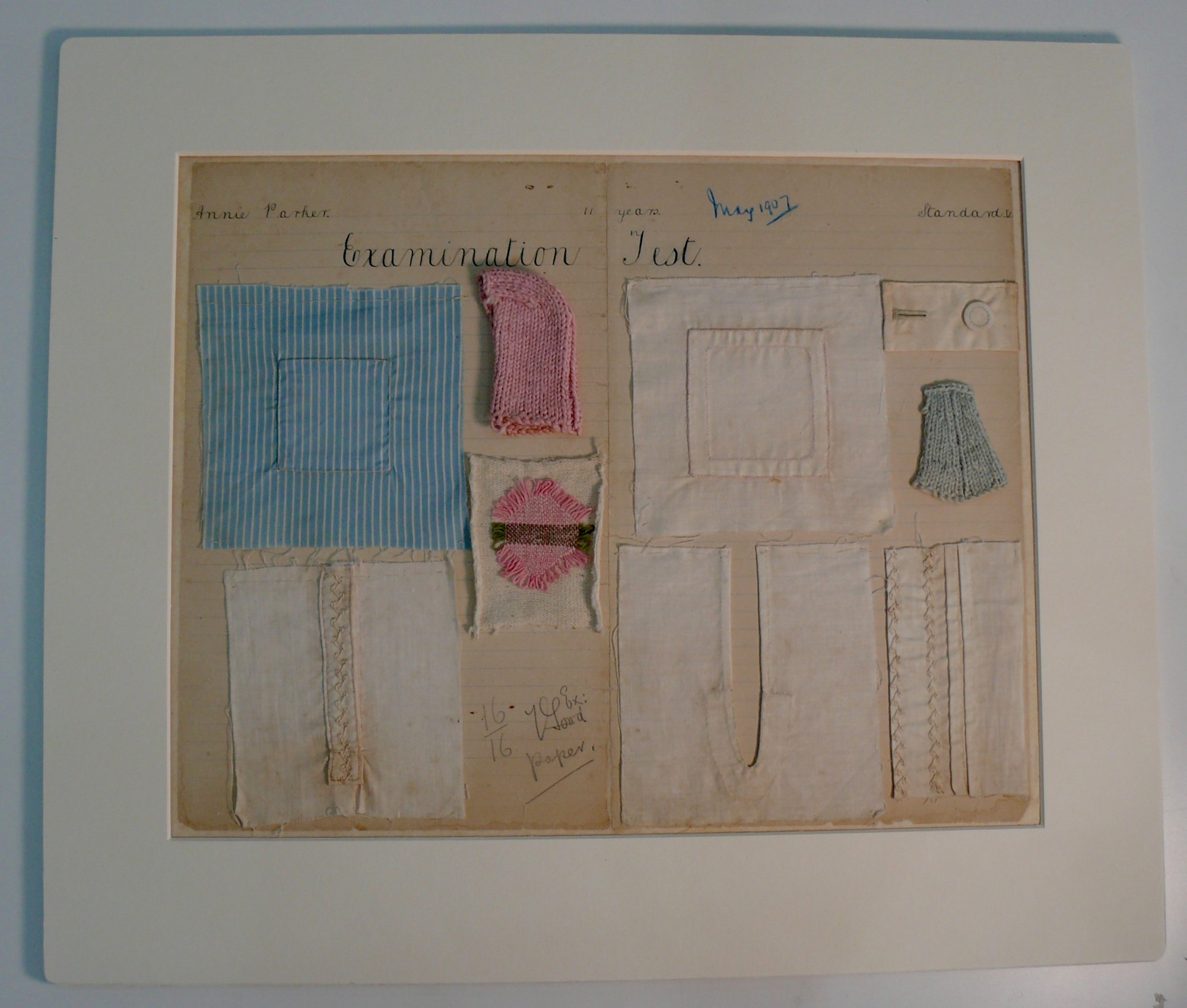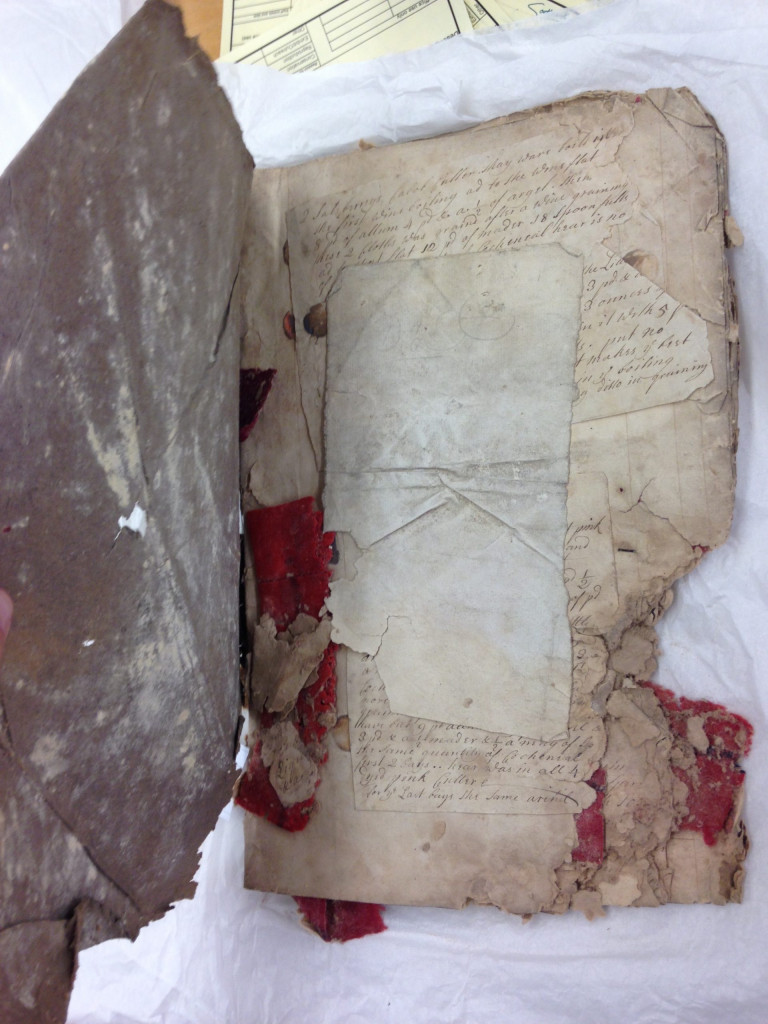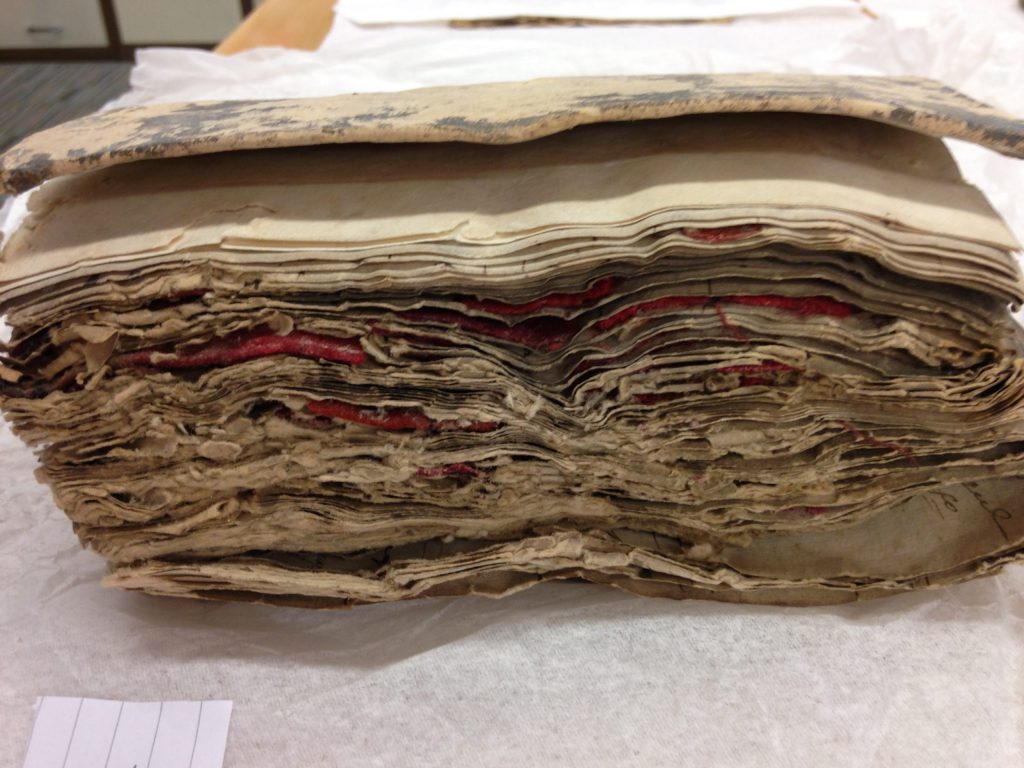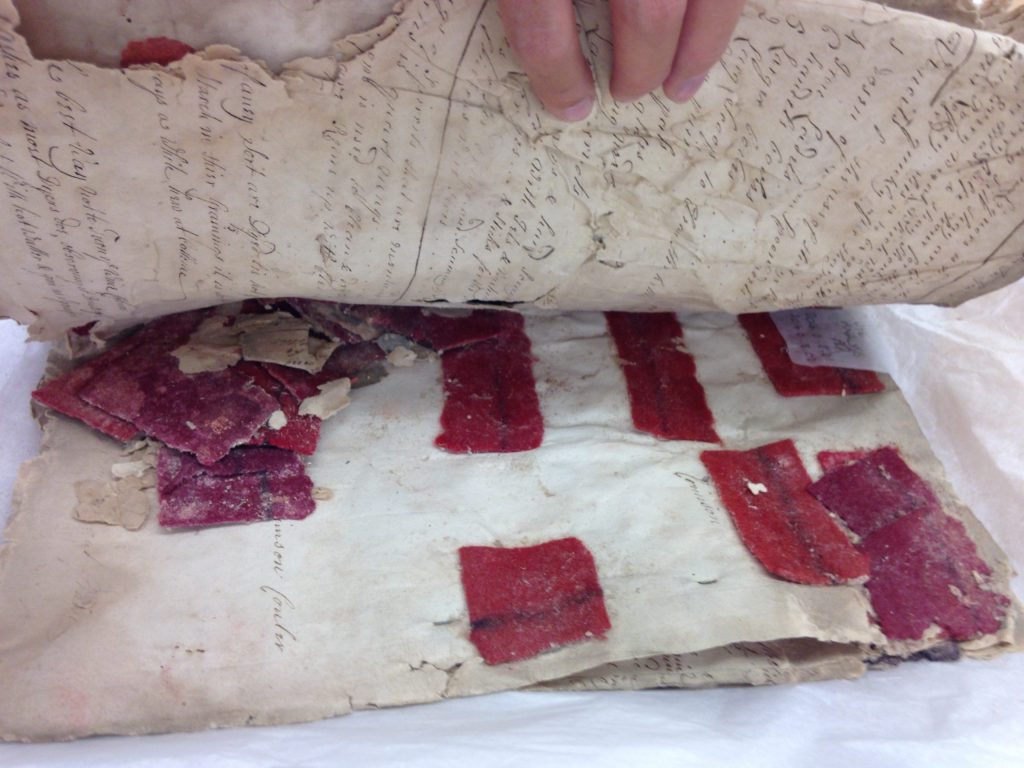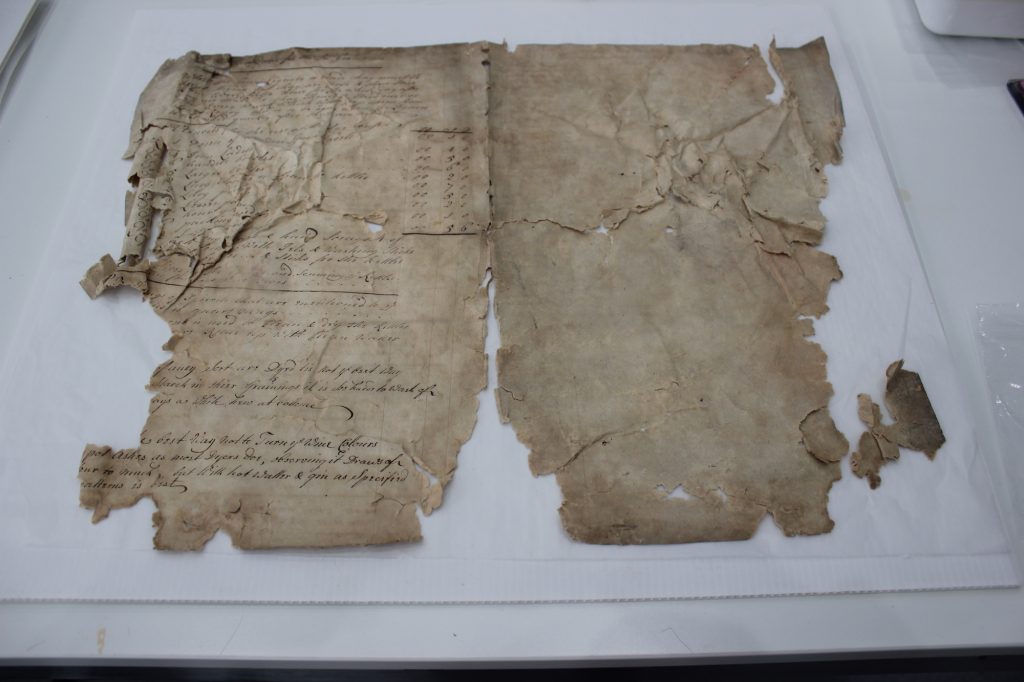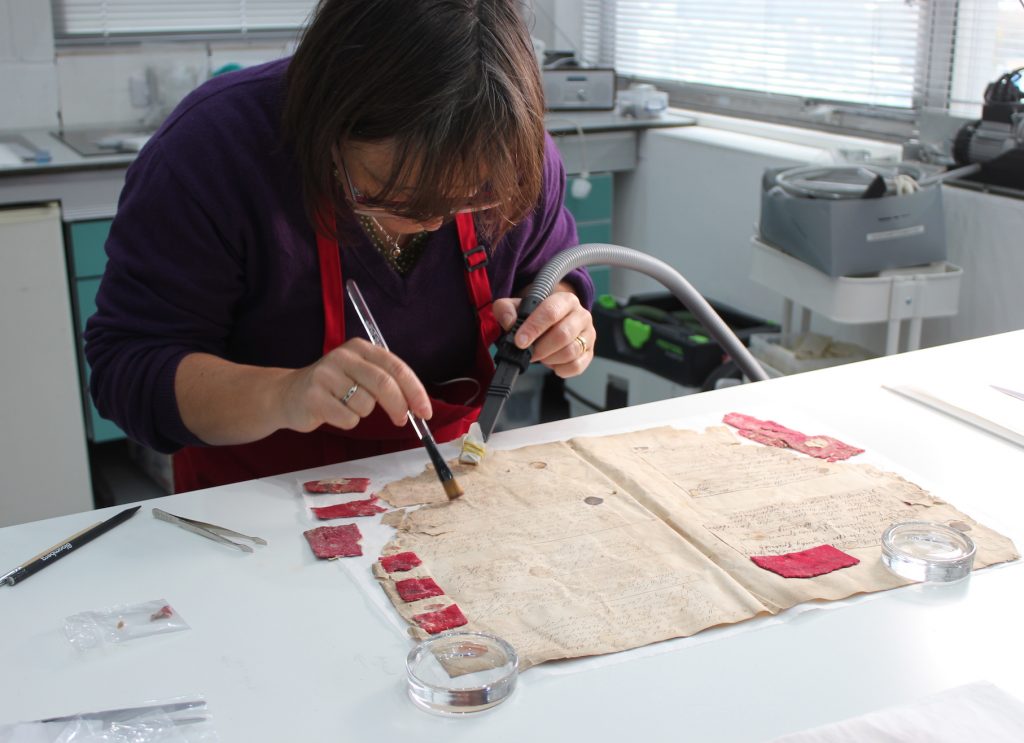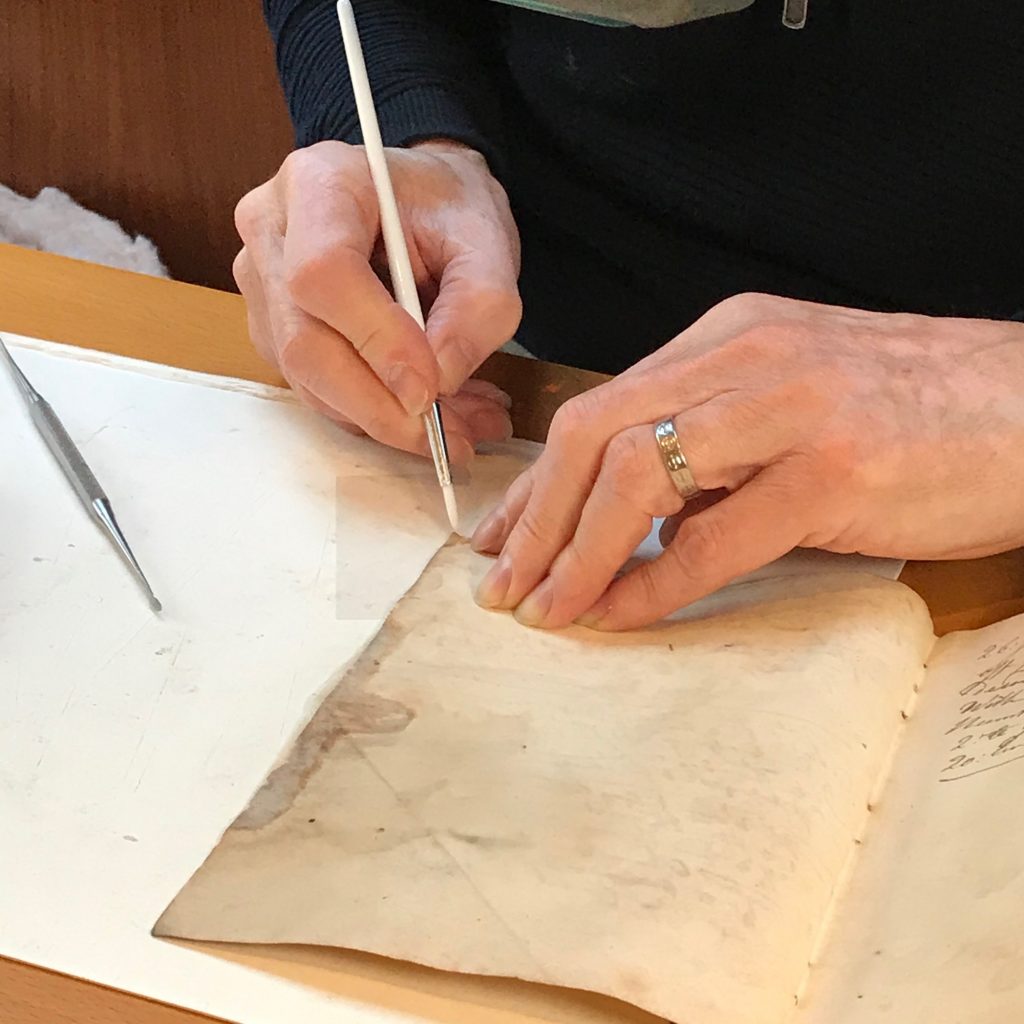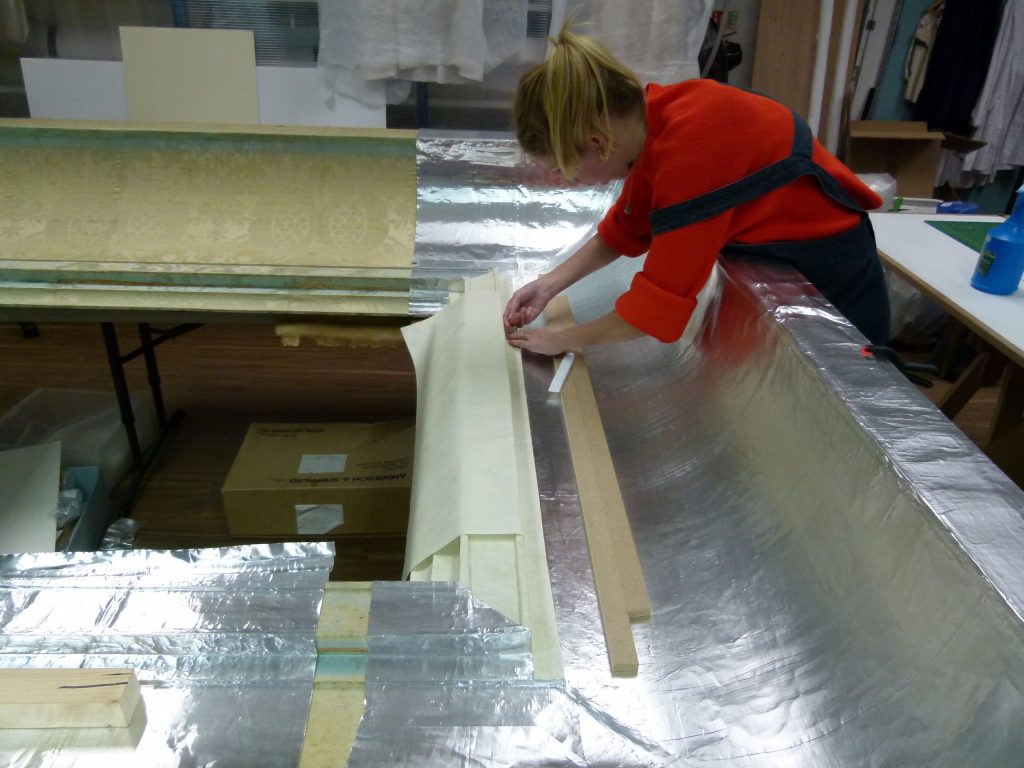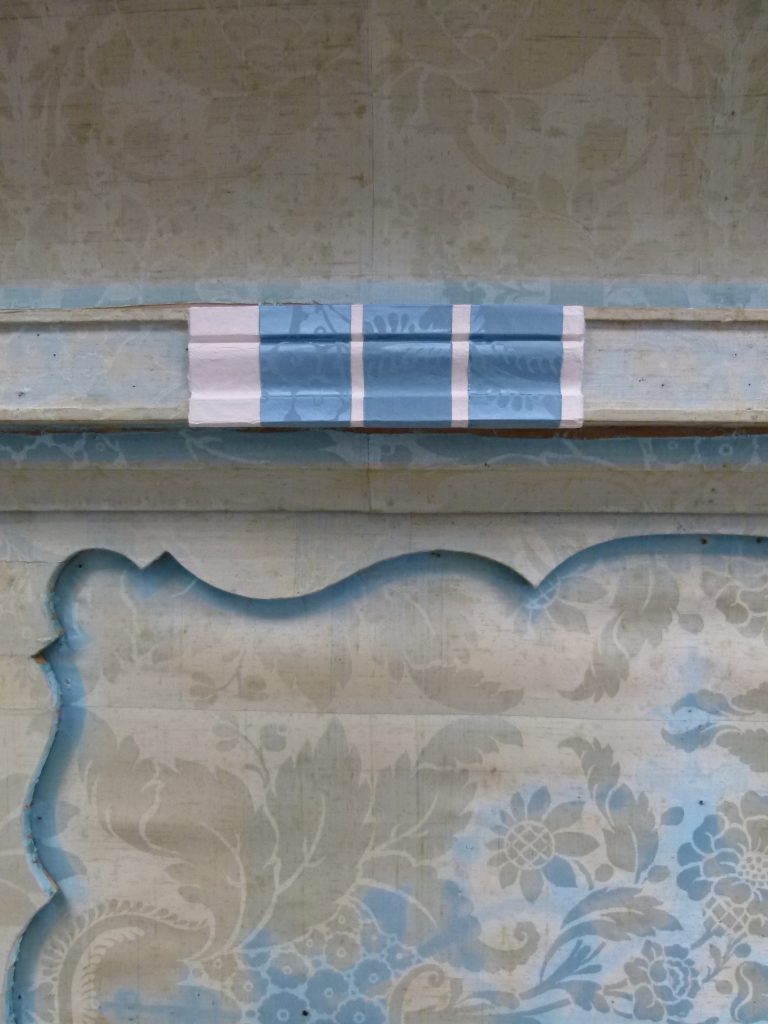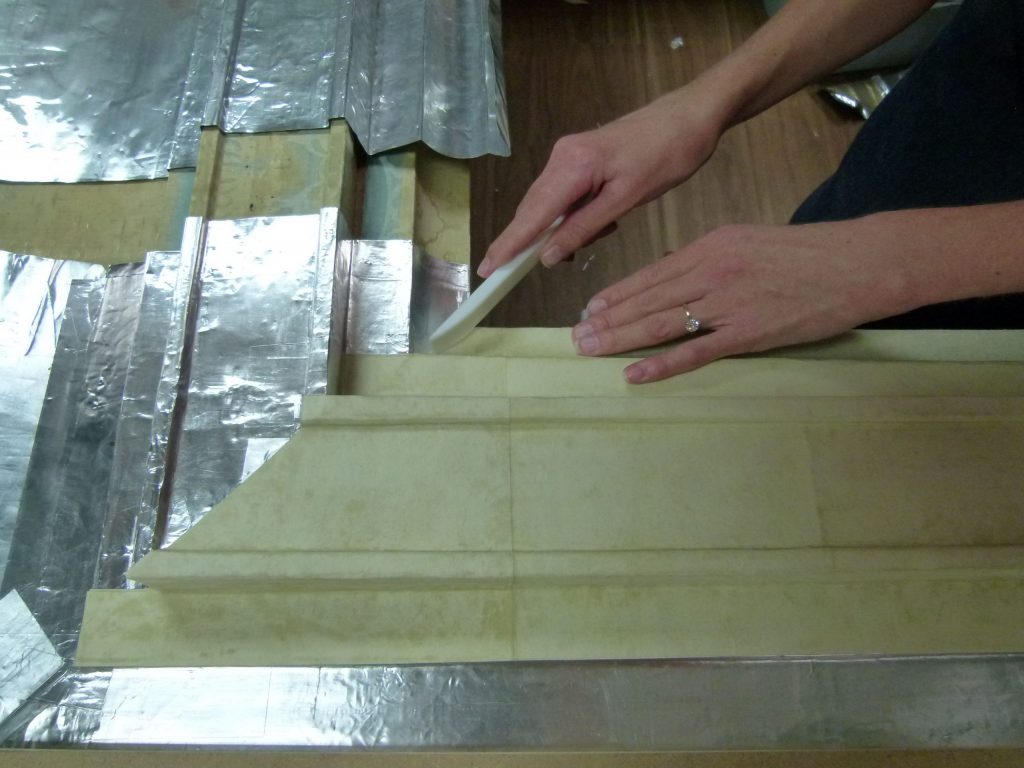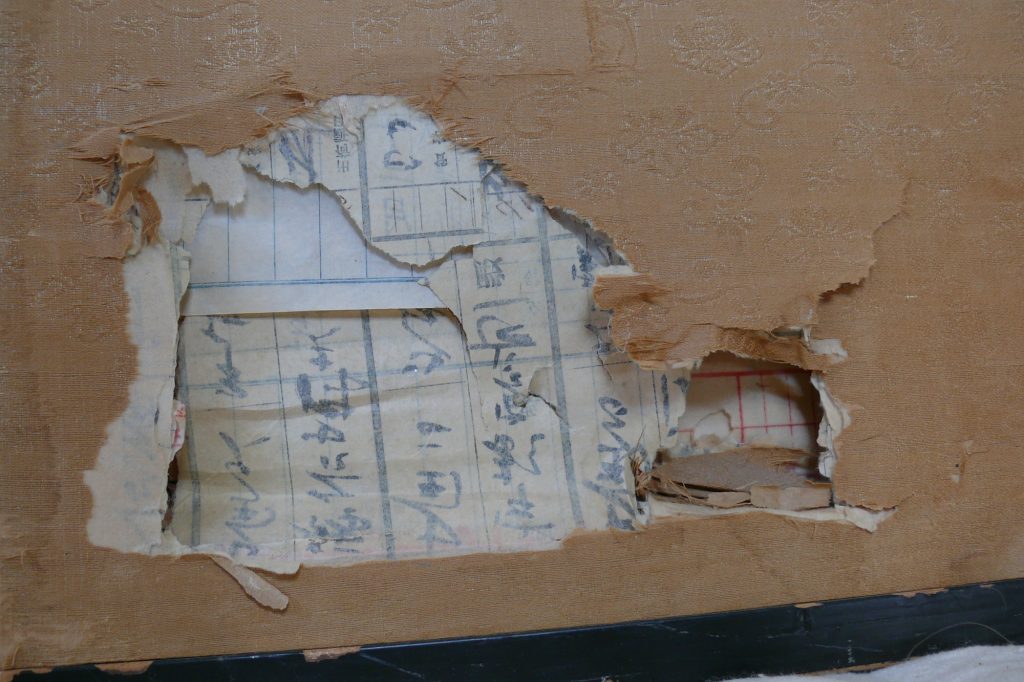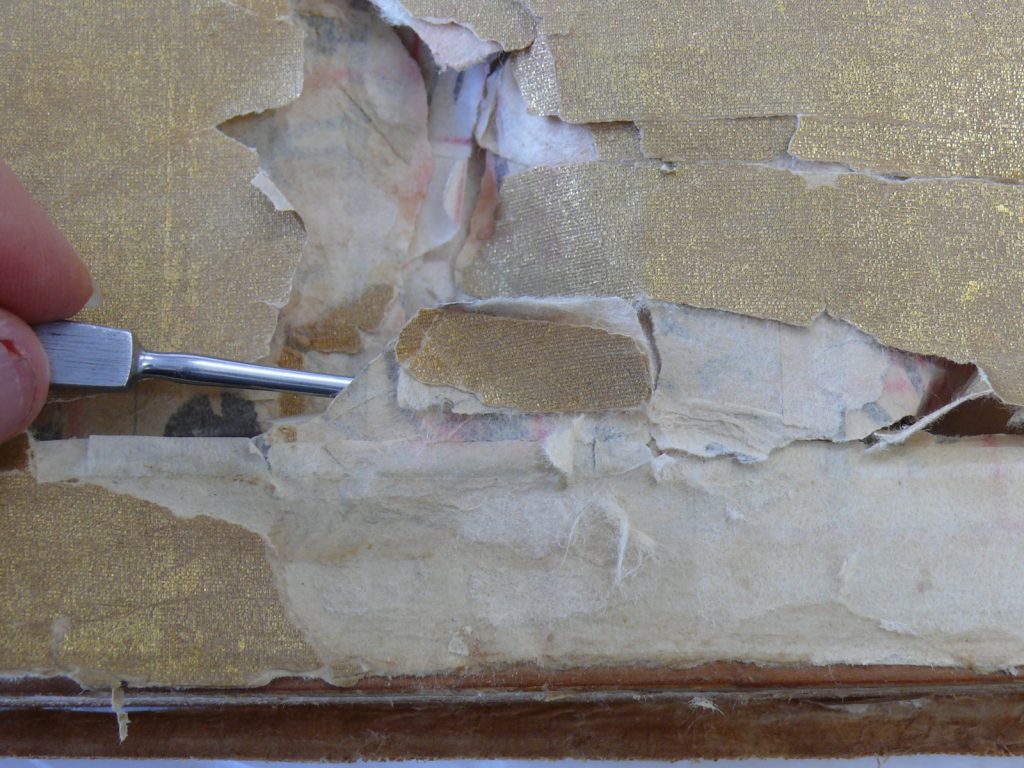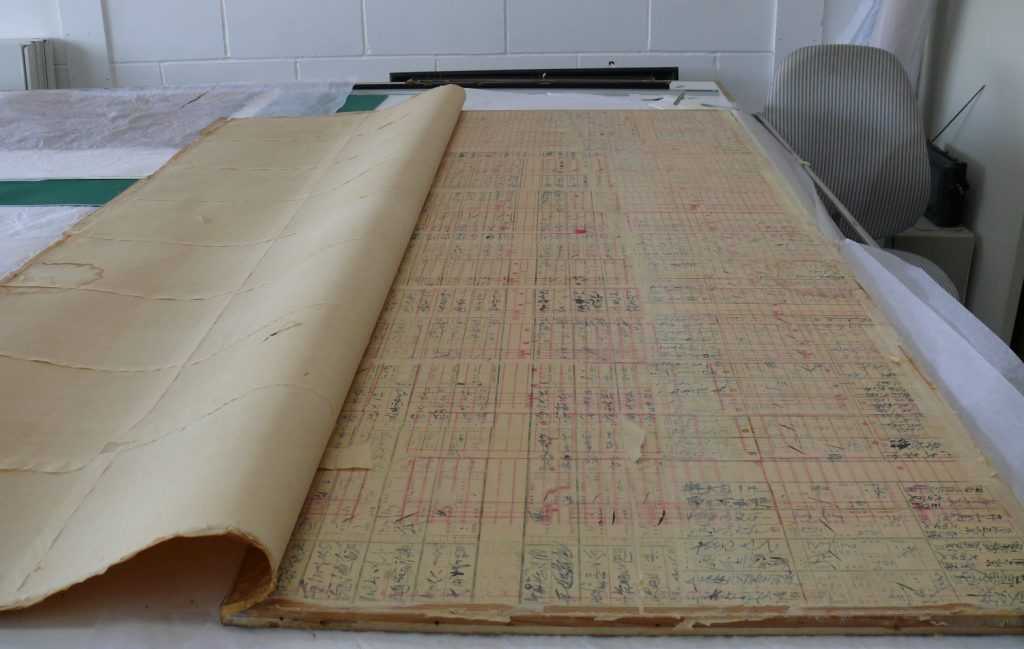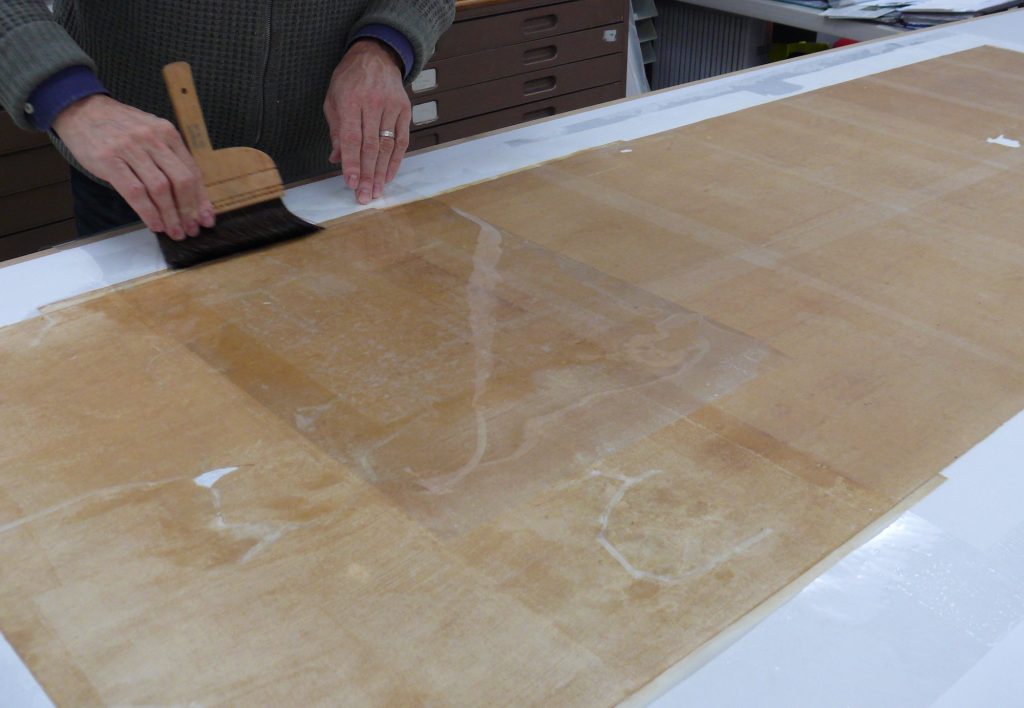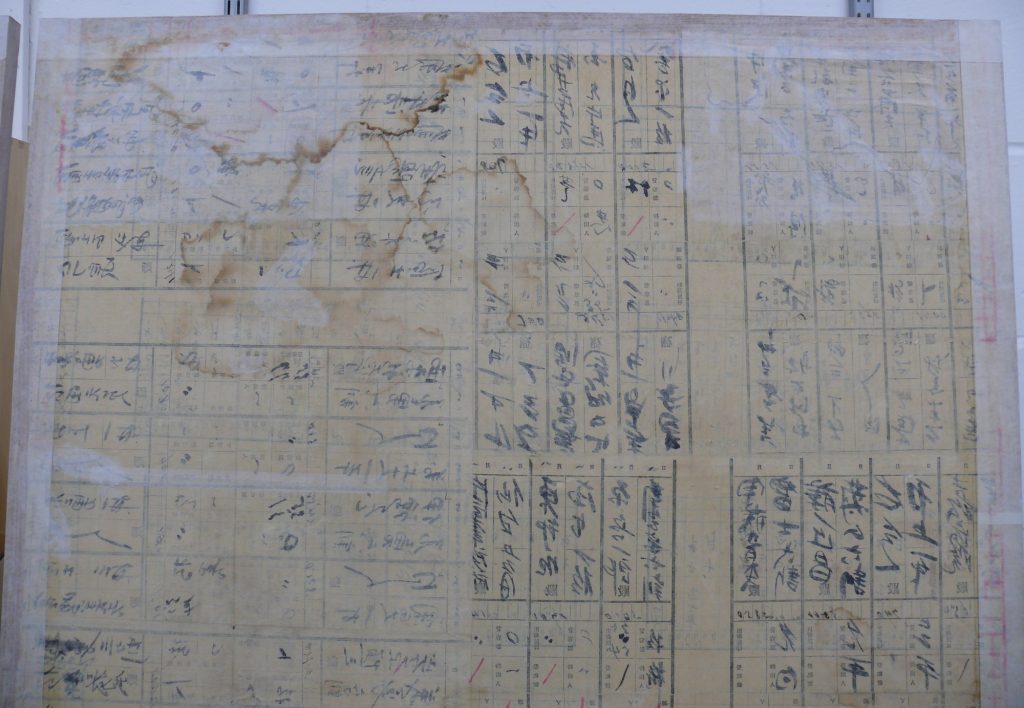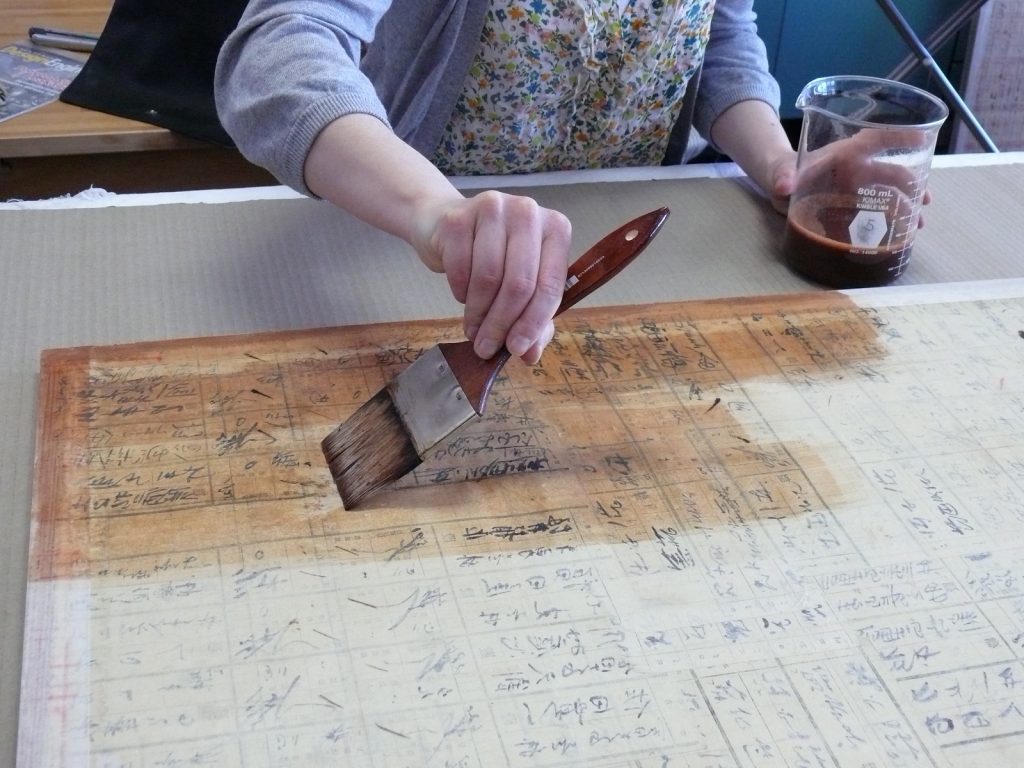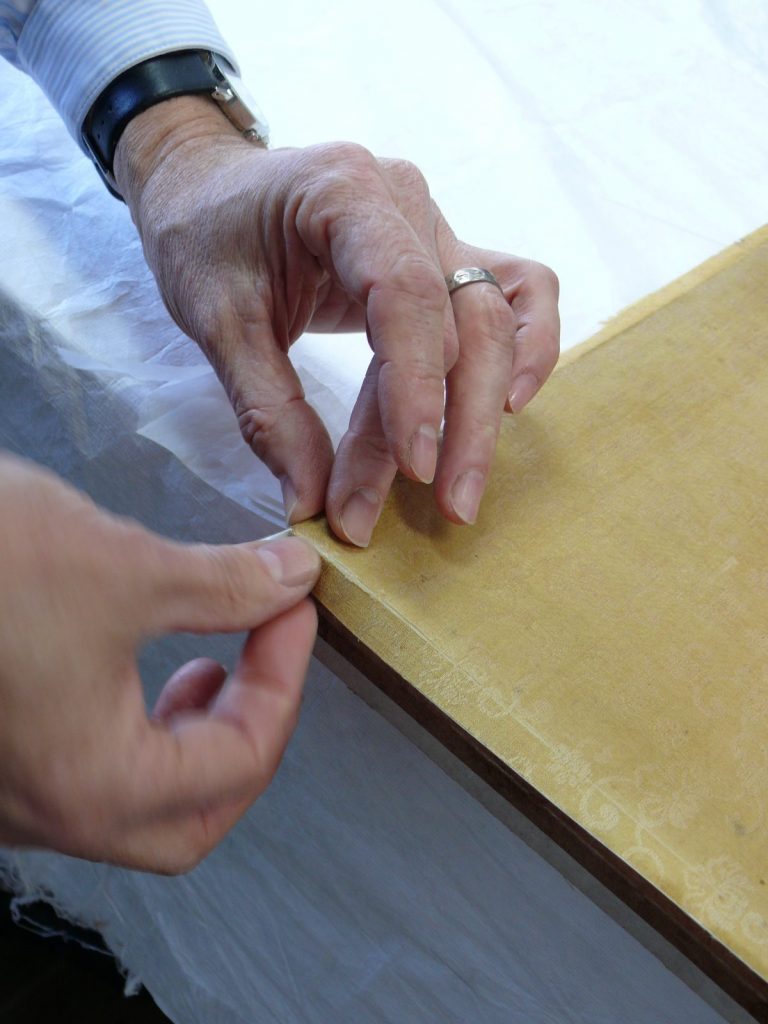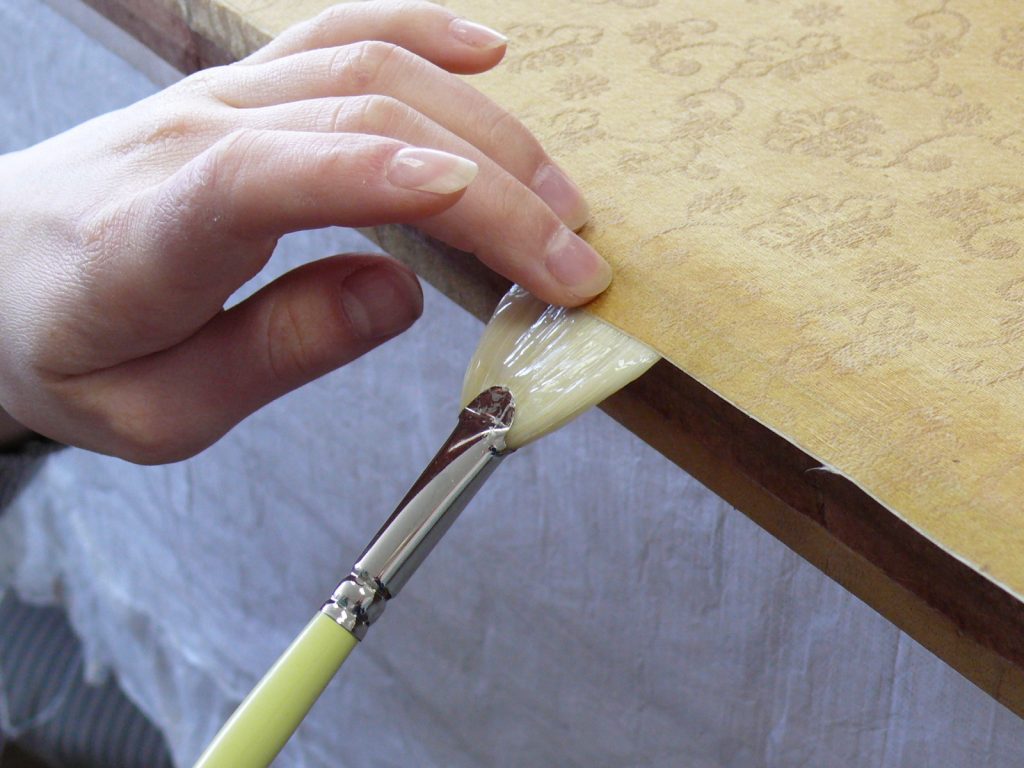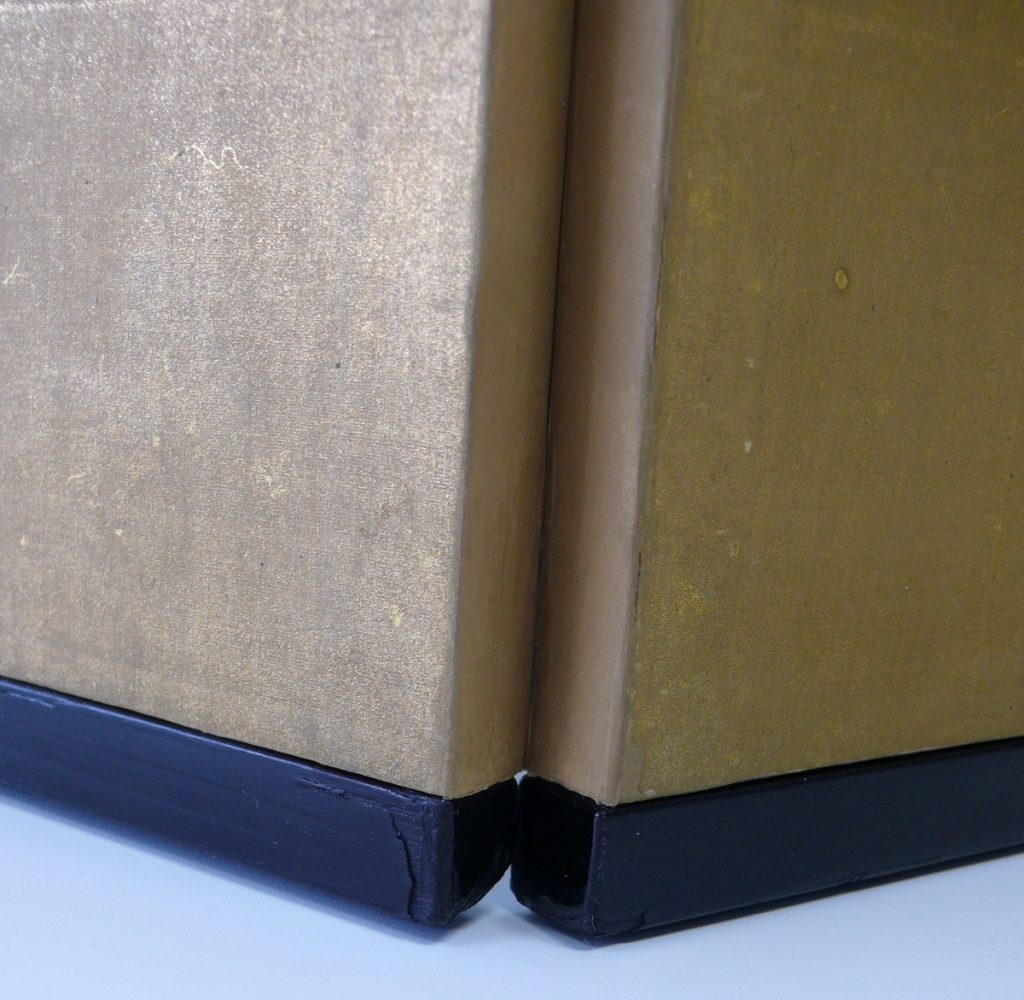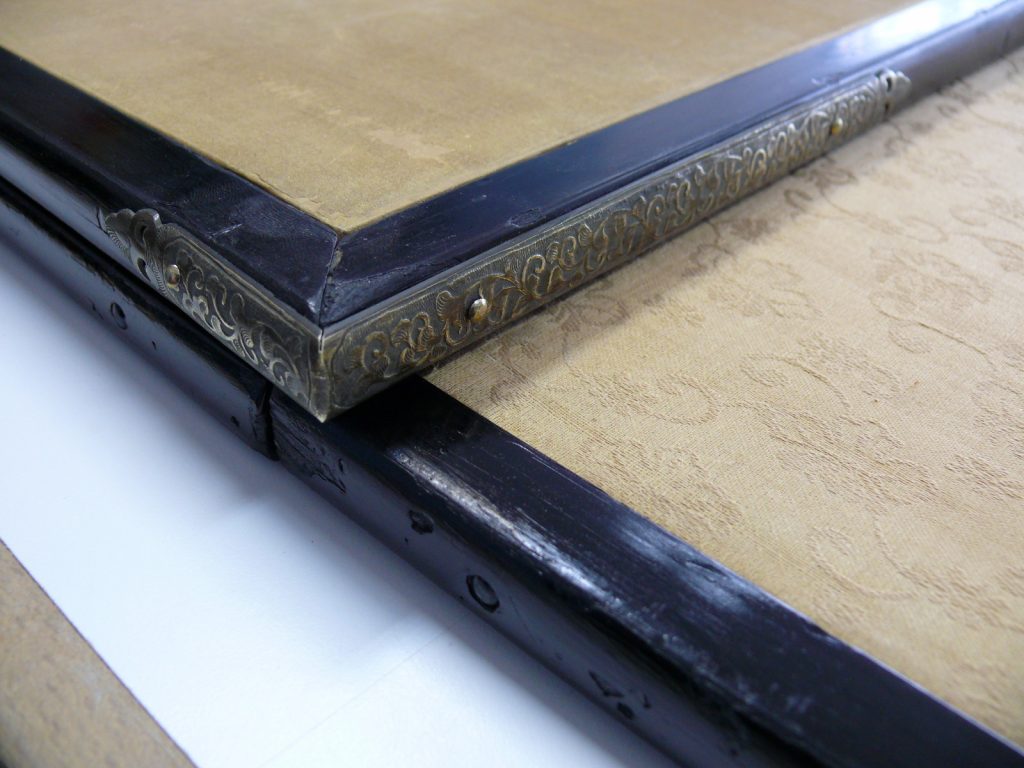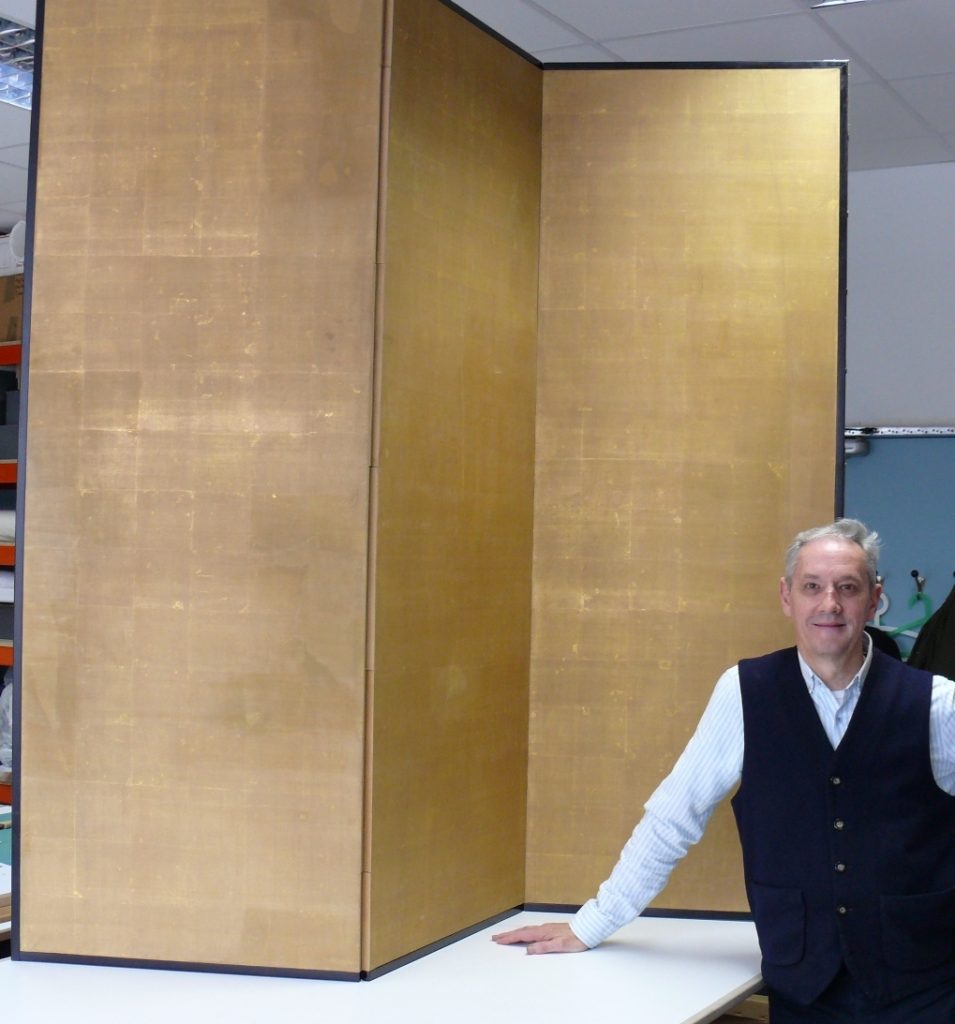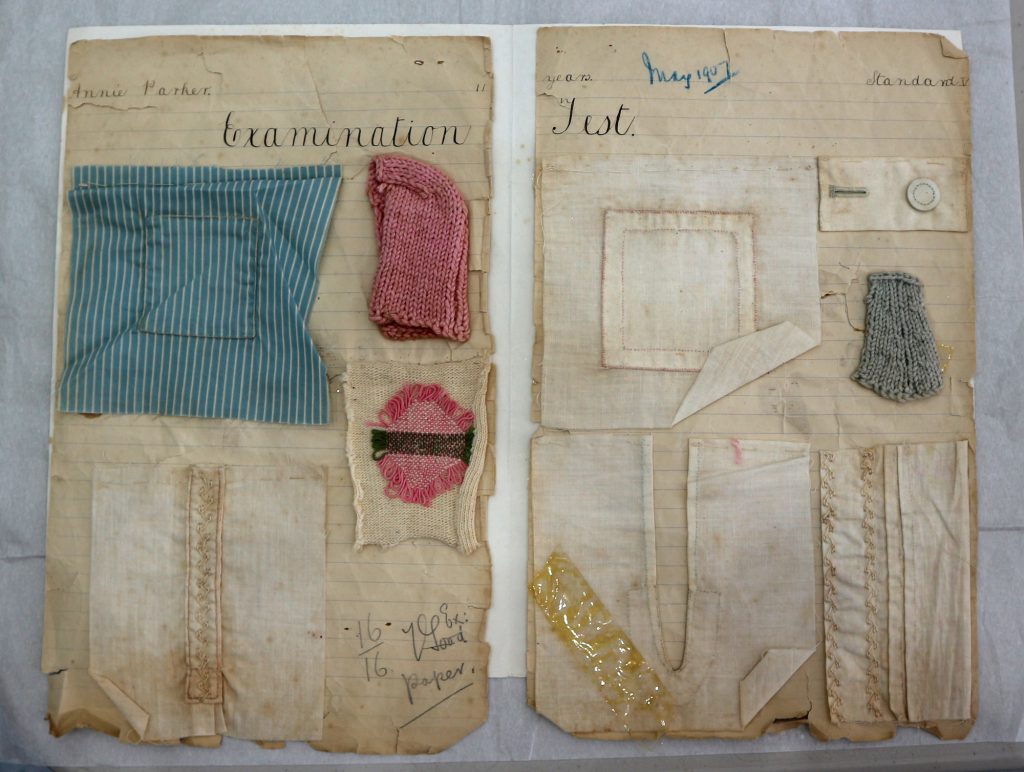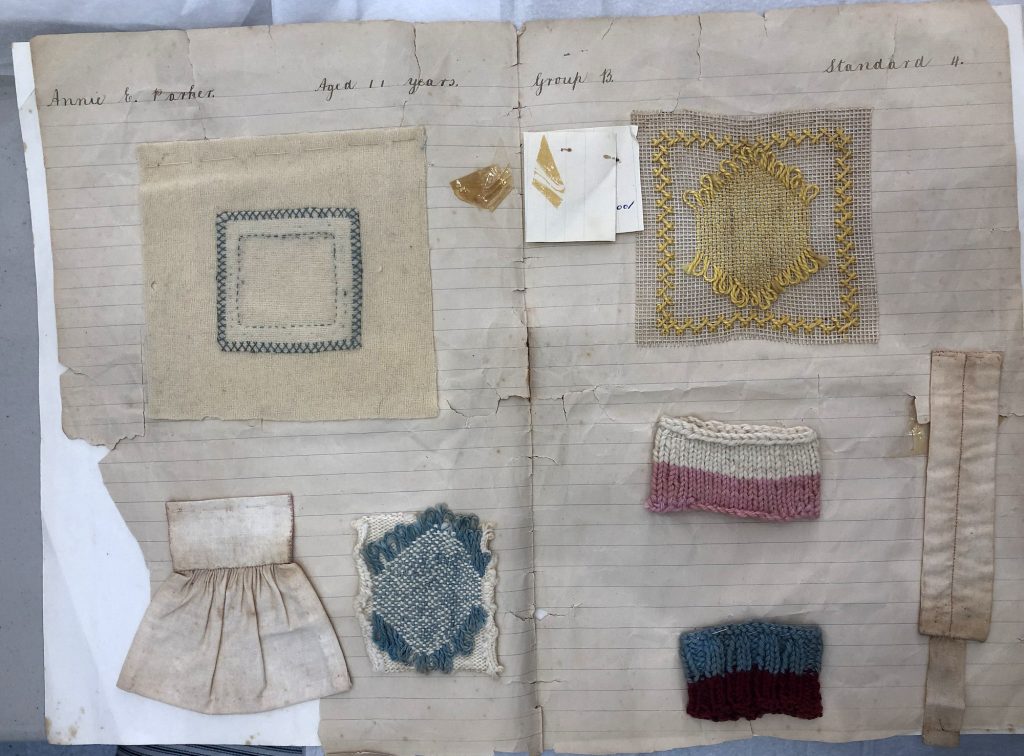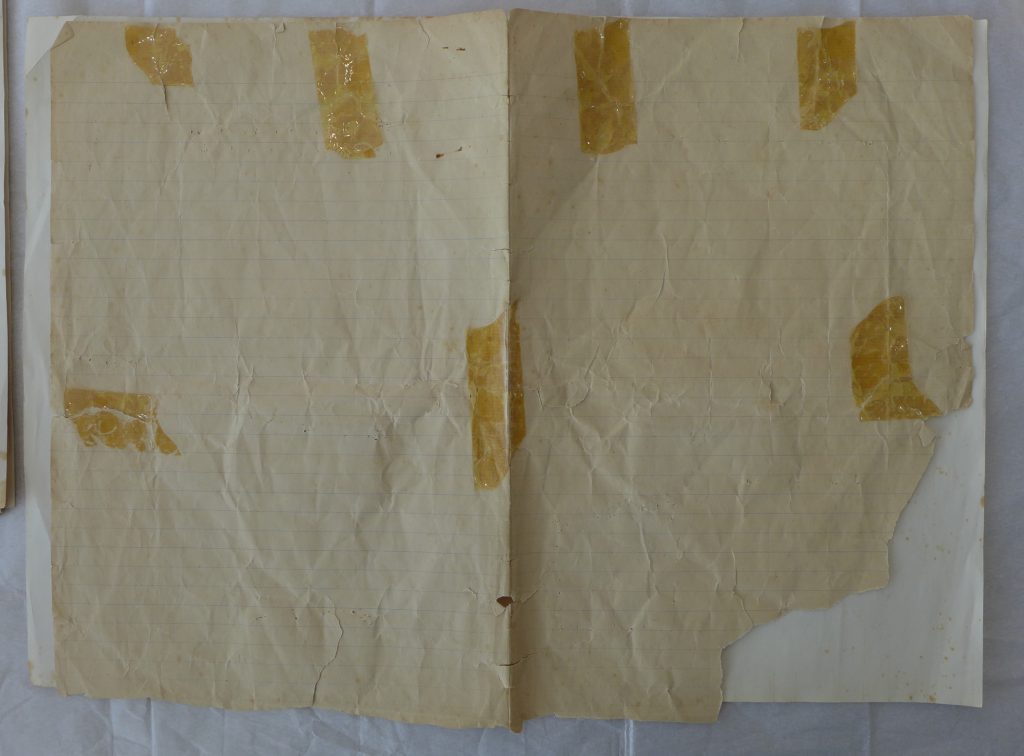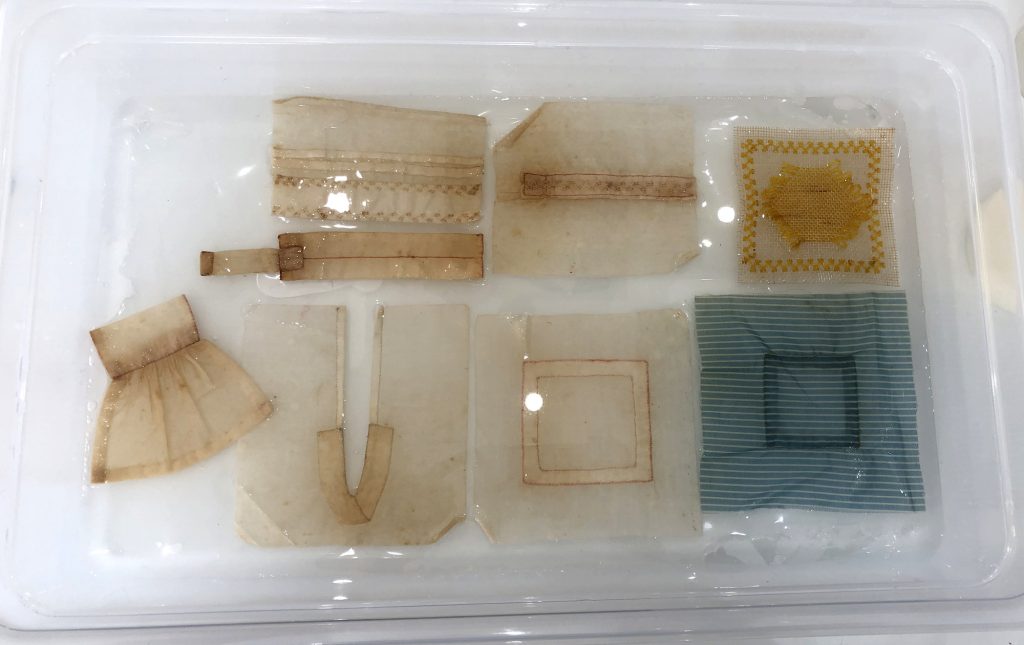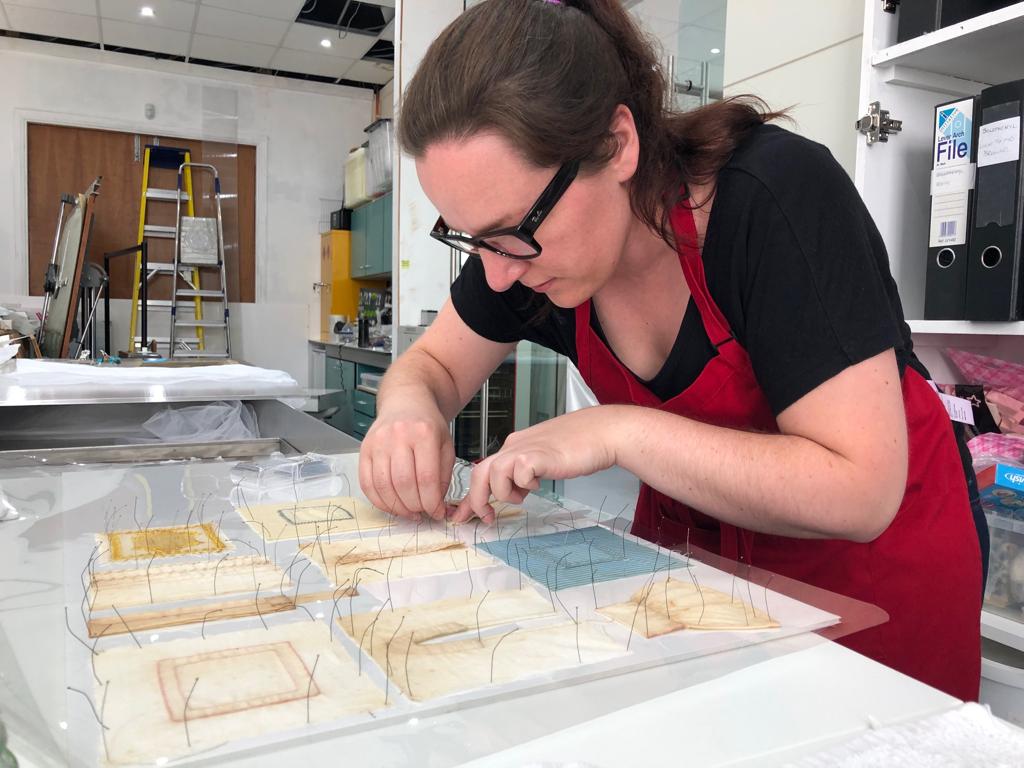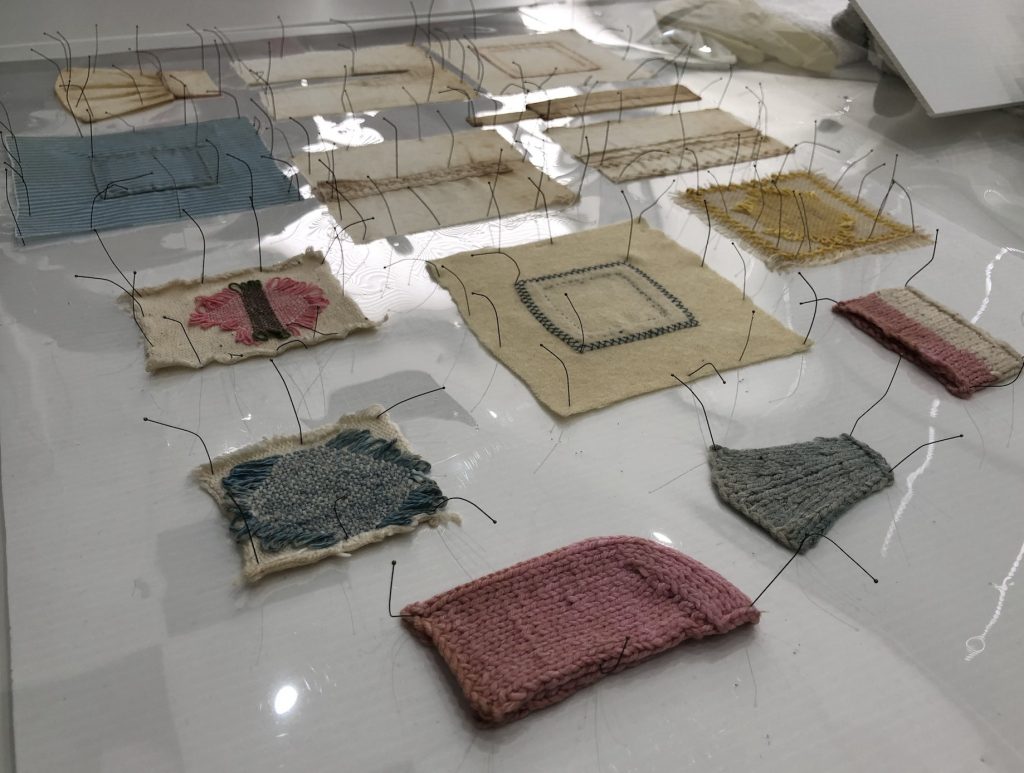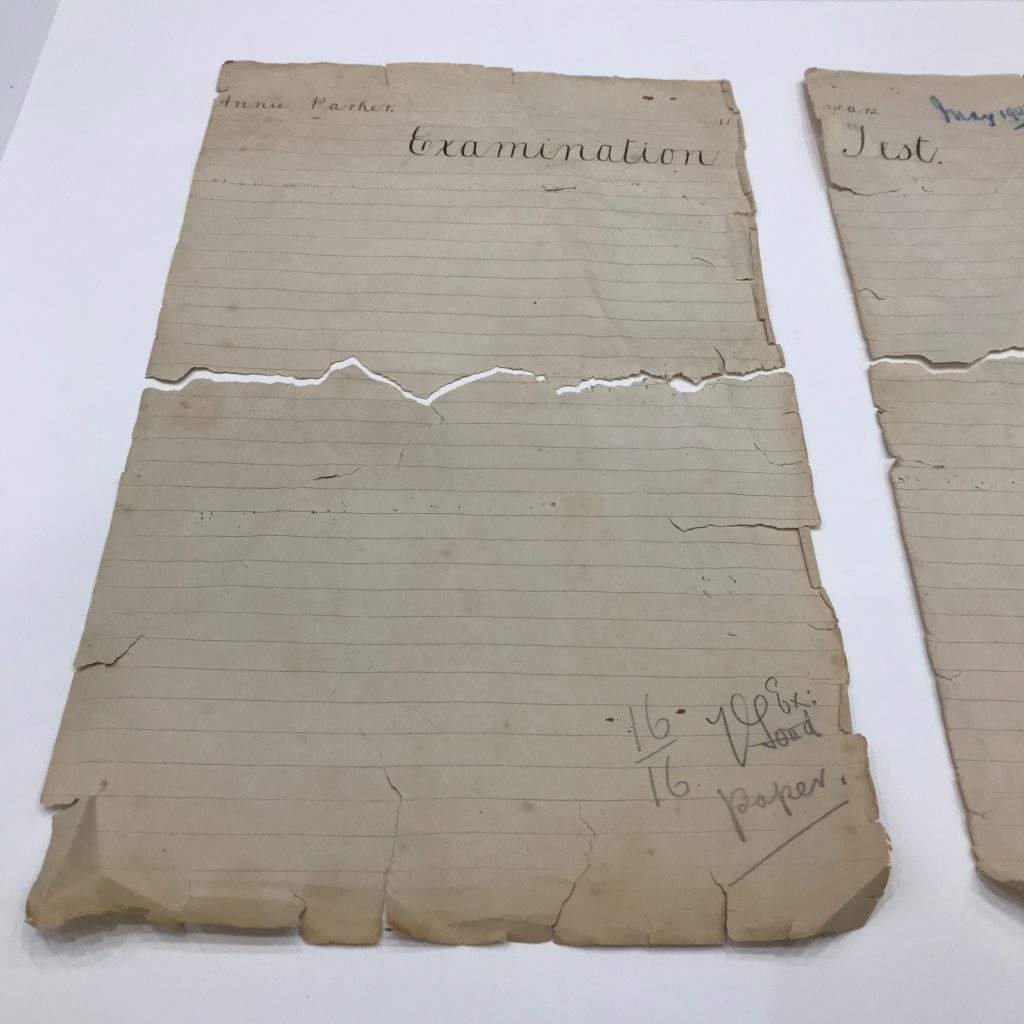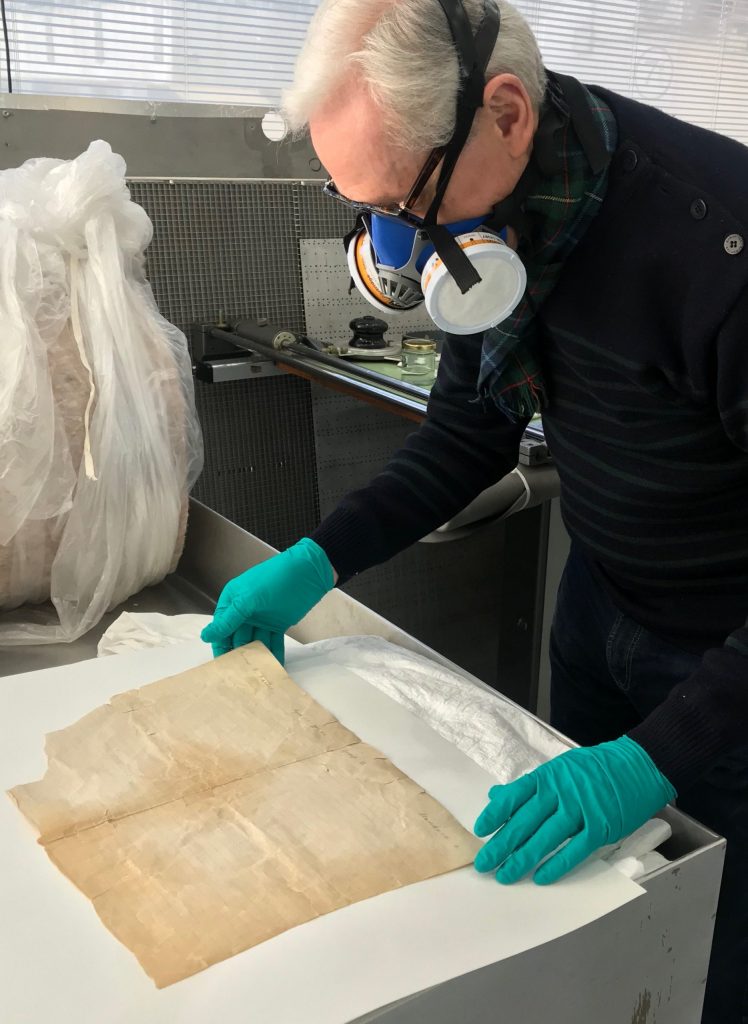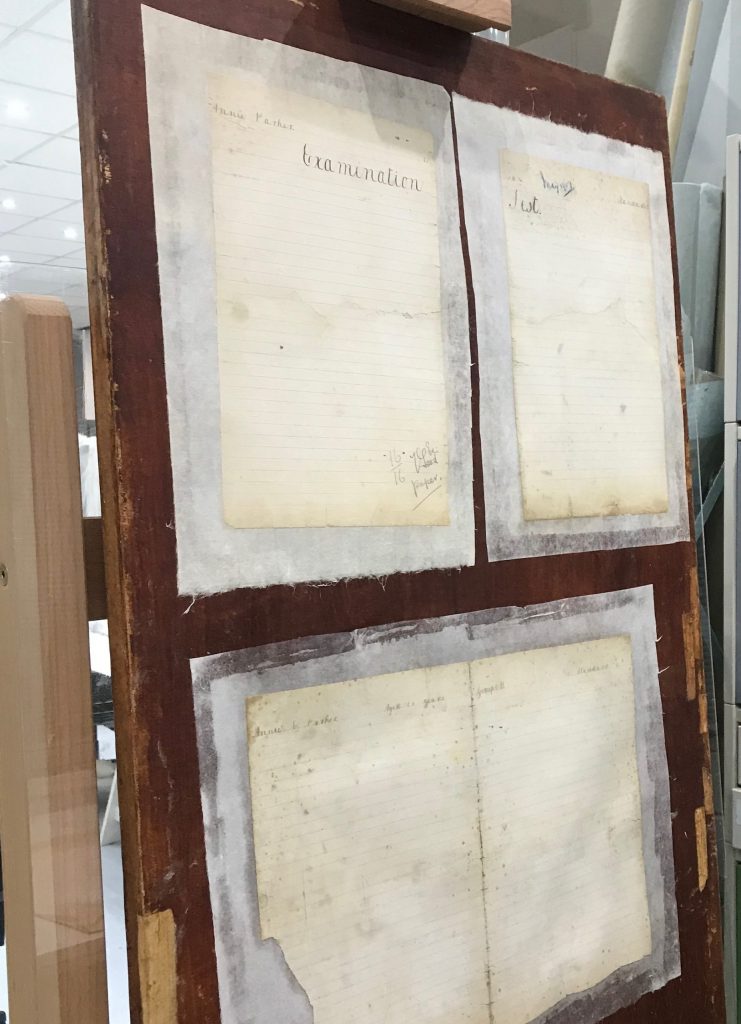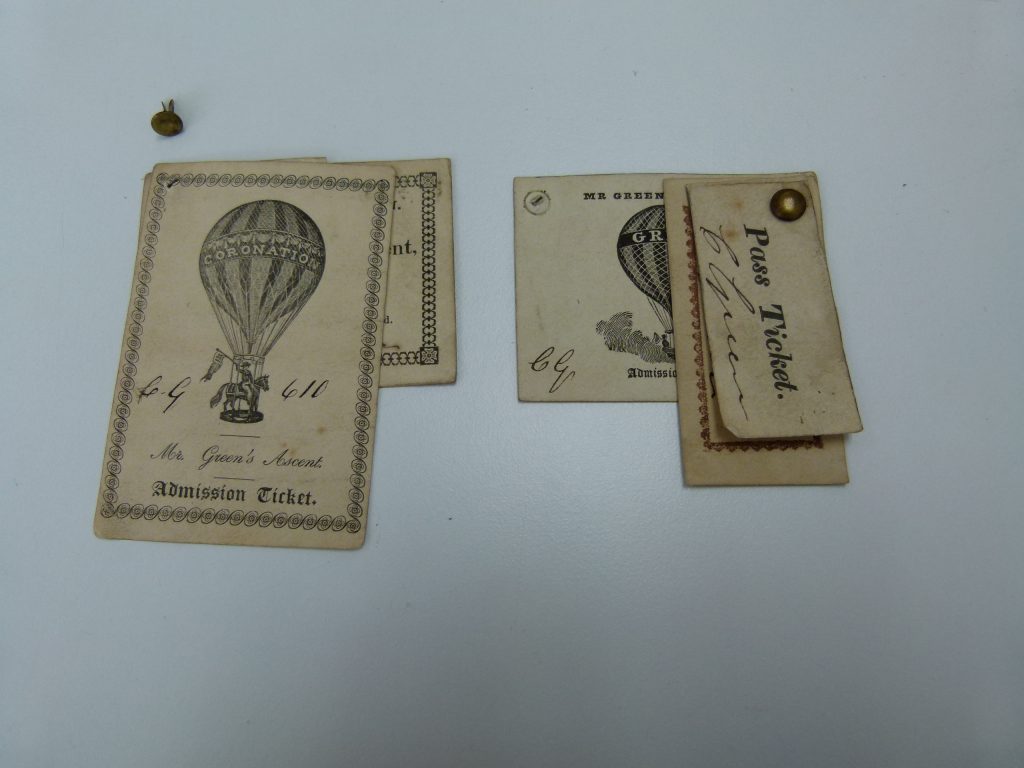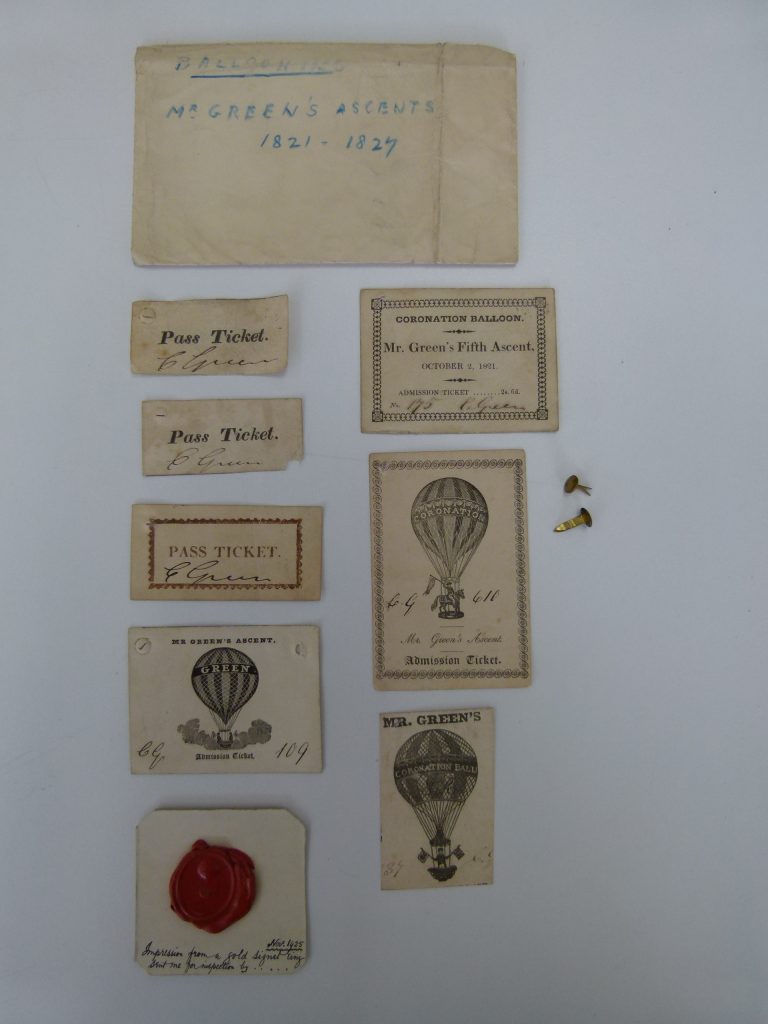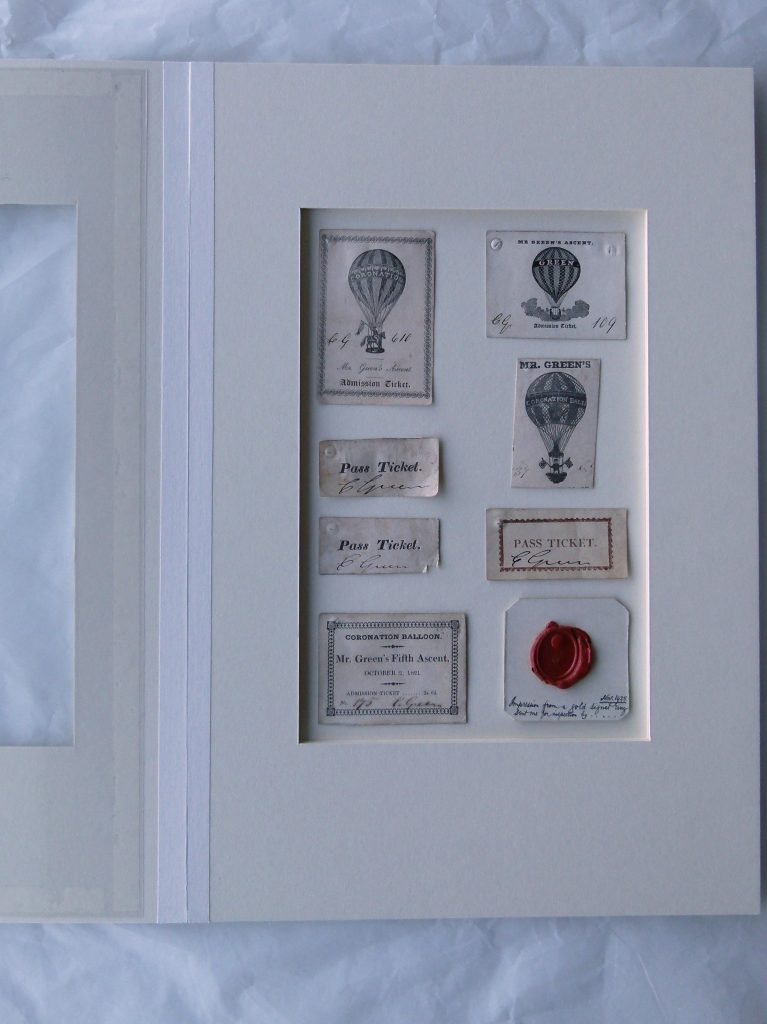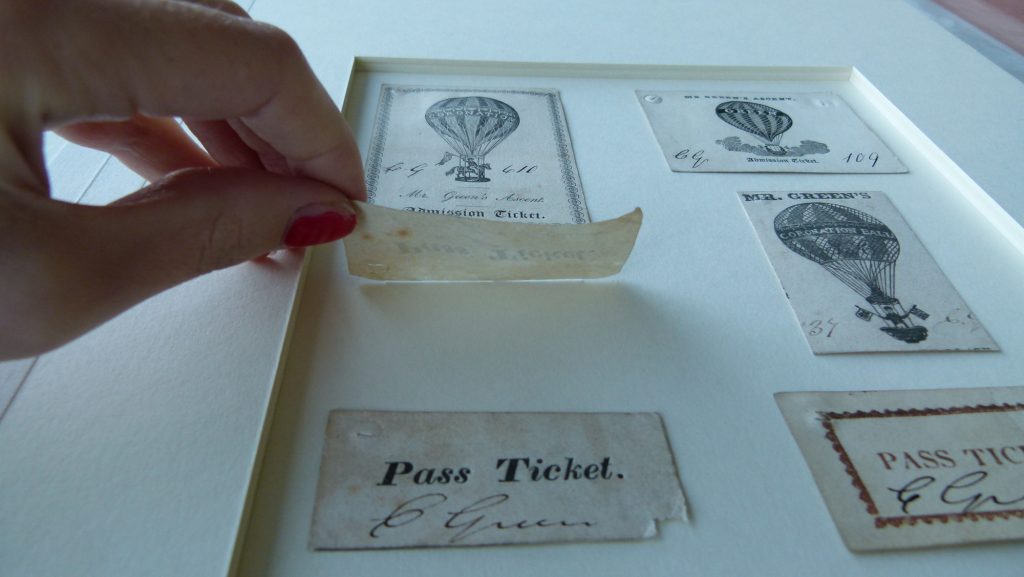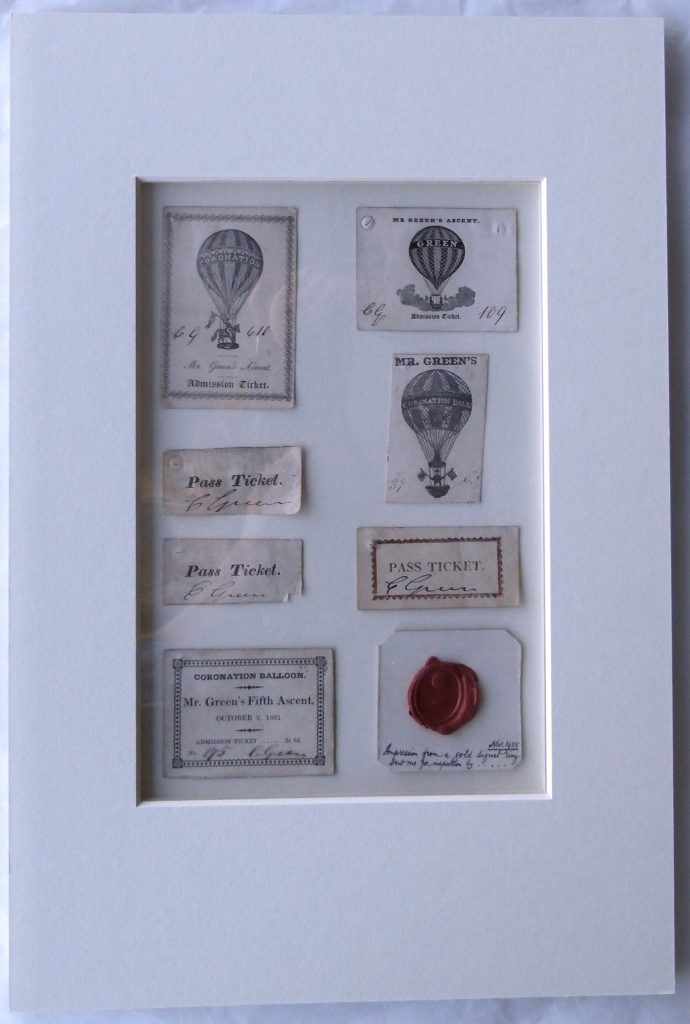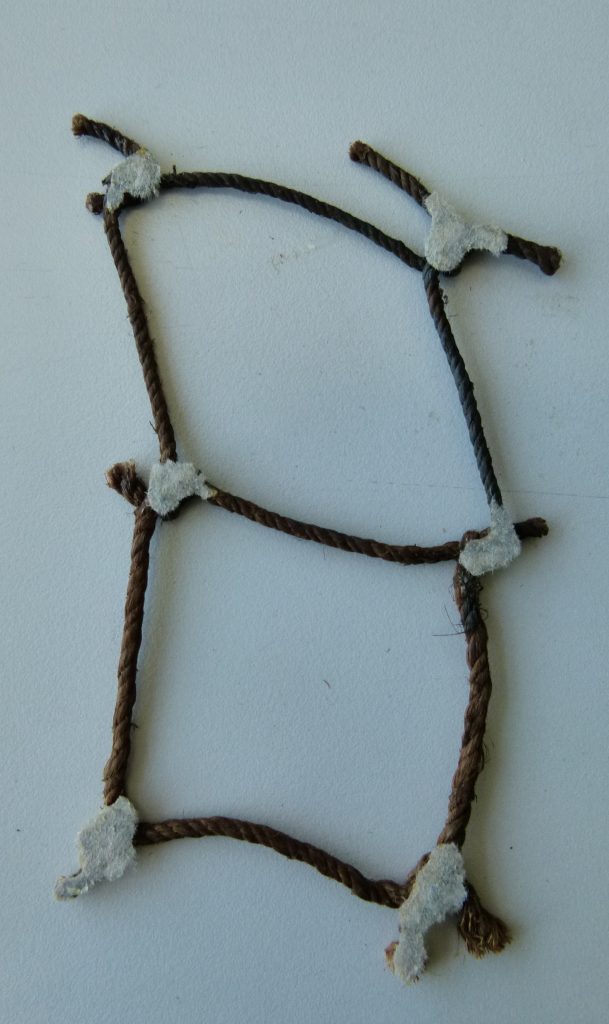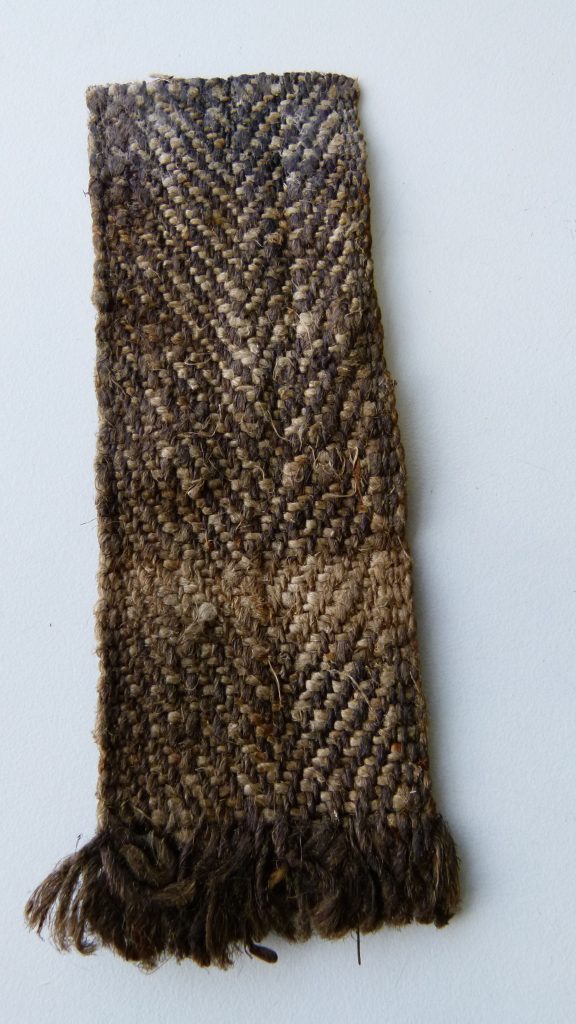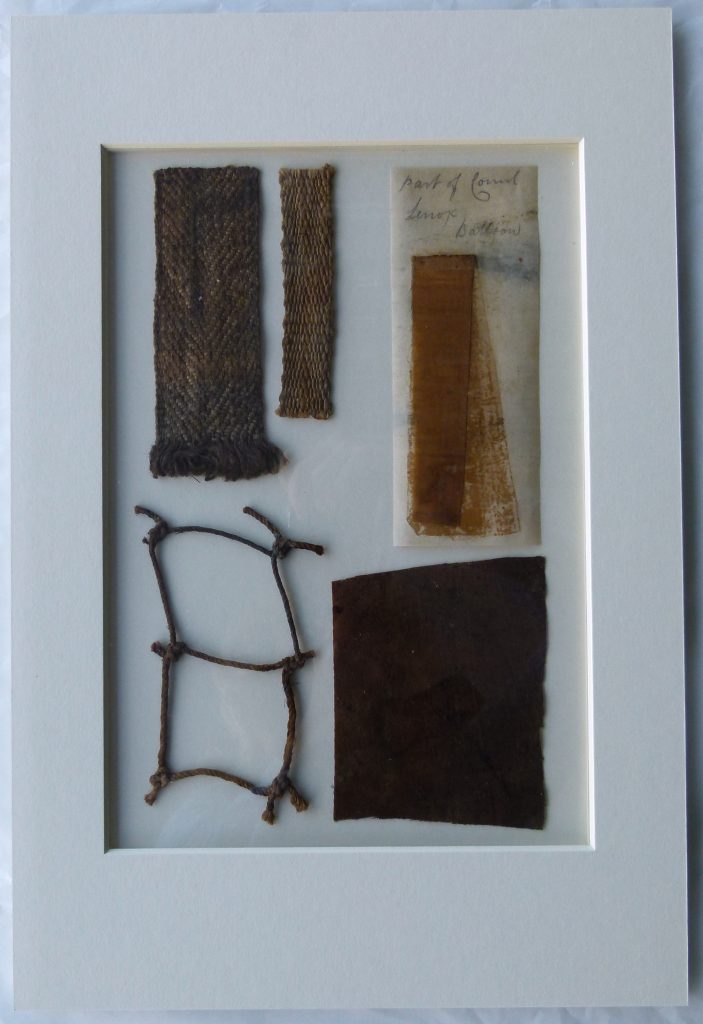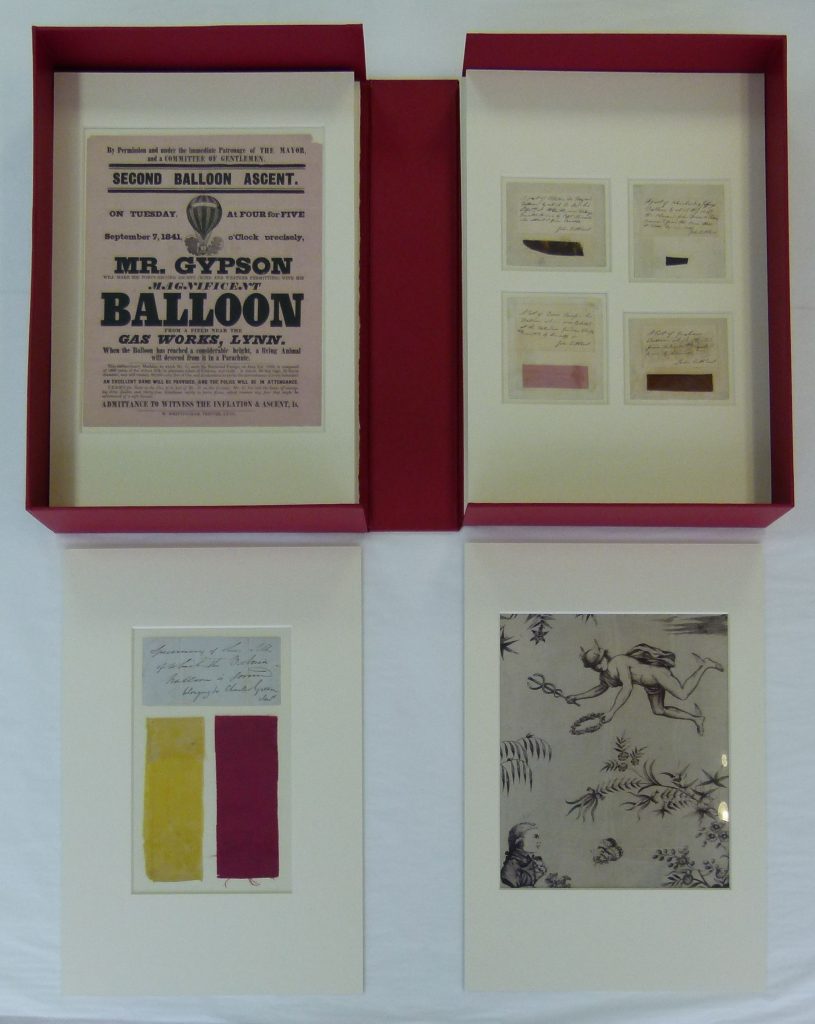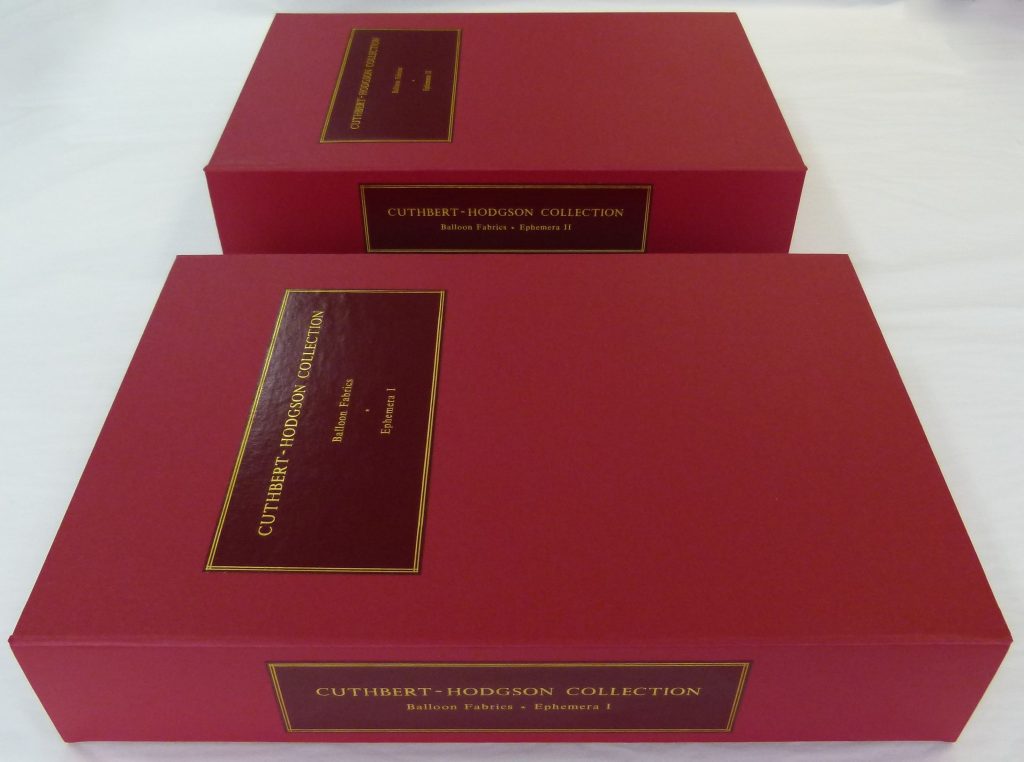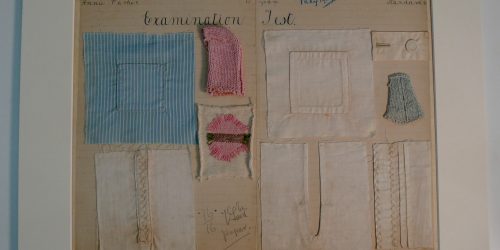
At the ZTC Studio we are lucky to have two very experienced paper conservators as part of our team. This obviously gives us a huge advantage when treating objects combining textiles and paper – which are numerous. As well as mixed media objects like textile sample books many items of costume and even state beds can have paper components. Paper conservation methods can also really inform our approach with textiles. This post showcases some of these paper and textile projects projects.
A current and very exciting project is the conservation of three important dye recipe books dating from 1716-1744, part of the Crutchley Archive held by Southwark Council Archive. The set of 15 books have recently been placed on the UK’s Memory of the World Register. Our paper and textile team have cleaned and very minimally conserved the very fragile volumes as well as undertaken their detailed digitisation. After irradiation, mould and dust has been removed and the damaged, delicate paper has been supported on Japanese tissue. Some of the books are too weak to be re-bound; a safe conservation housing is currently being made. Project kindly supported by the National Manuscripts Conservation Fund.
Another project combining our paper and textile expertise is showcased by the conservation of the National Trust’s Kedleston Hall state bed tester. Our remit was to re-cover the inside of the tester with new silk damask whilst fully protecting the original delicate silk beneath and not physically attaching the new silk to it. After much experimentation we came up with an innovative method combining our paper and textiles expertise. We created a light weight, rigid, layered Japanese paper shell over which we mounted the new silk using textile conservation techniques. See our Conservation Story for more information on how we did this and the spectacular after images.
A very damaged 19th C Japanese folding screen from National Trust house Standen was treated some years ago by our paper and textile conservators. Using traditional oriental repair methods the screen was disassembled and the paper and silk panels mounted onto new paper with dyed silk used to infill the large areas of loss. The traditional paper and silk hinges were too damaged to reuse so these were remade following the original method.
Right: Detail of hinge on gilded paper side of screen
These enchanting school needlework samplers belonging to the Lyminge Historical Society were worked by Annie Parker aged 11 in 1907. The poor quality paper was very acidic and weak with numerous tears repaired with sticky tape, now yellowed. The needlework samples were also very discoloured and stained. Our textile interns undertook the conservation of the samples whilst Geoffrey our paper conservator worked on the paper.
Once the needlework samples were documented and removed for treatment the sticky tape stains were removed using solvent and the paper wet cleaned. The torn pieces of paper were carefully realigned, supported using Japanese tissue and wheat starch paste and dried on a Karibari board.
Losses in the paper were infilled and then once the needlework samples had been carefully reattached using stitching and the original holes, the pages were tipped into acid free card mounts. The mounts will allow the sampler pages can be handled safely by the Lyminge Historical Society who plan to use them for educational purposes. Our work was undertaken for free (partly using our interns) because the client had no budget and we felt the sampler pages needed to be saved.
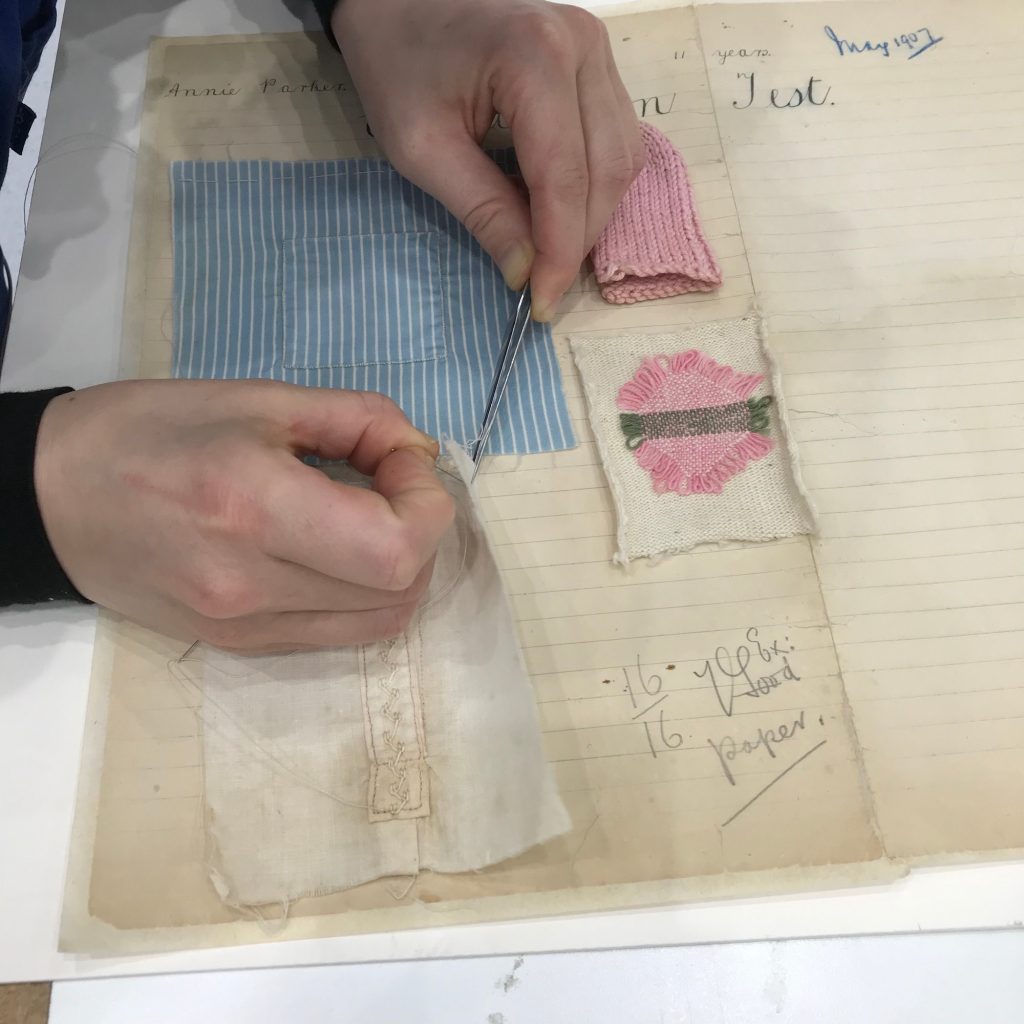
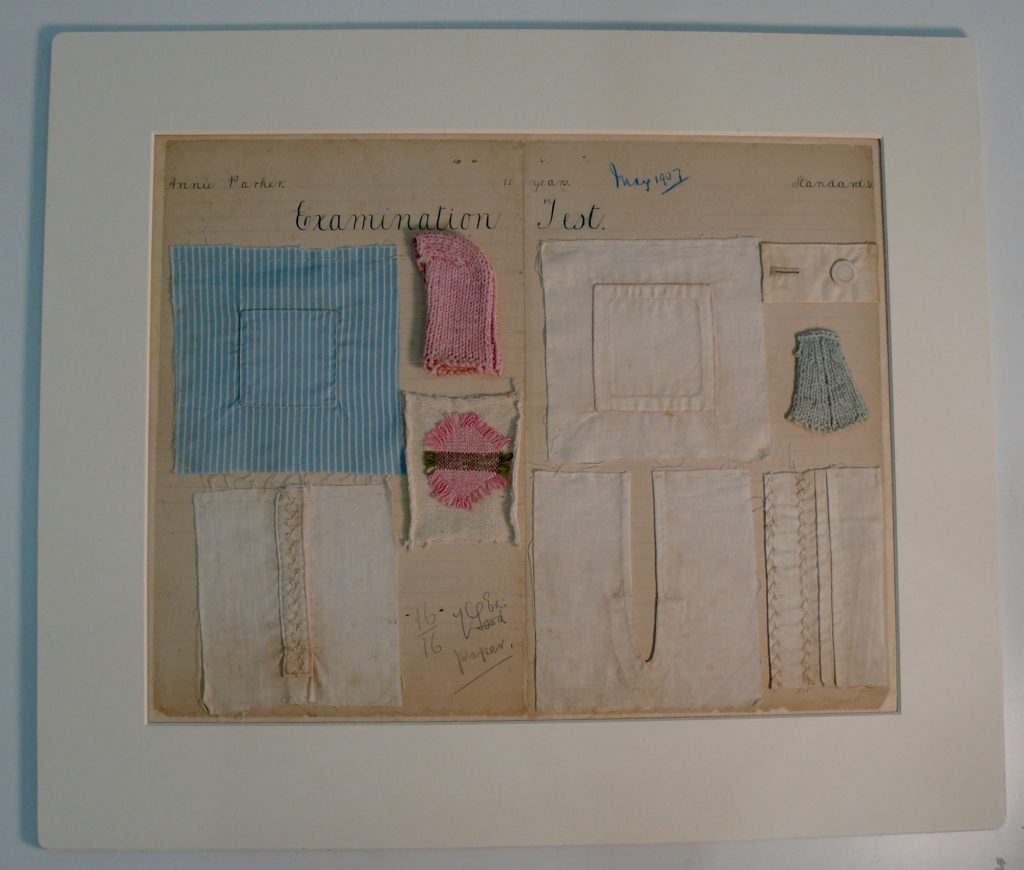
An enchanting school needlework sampler belonging to the Lyminge Historical Society, worked by Annie Parker aged 11 in 1907 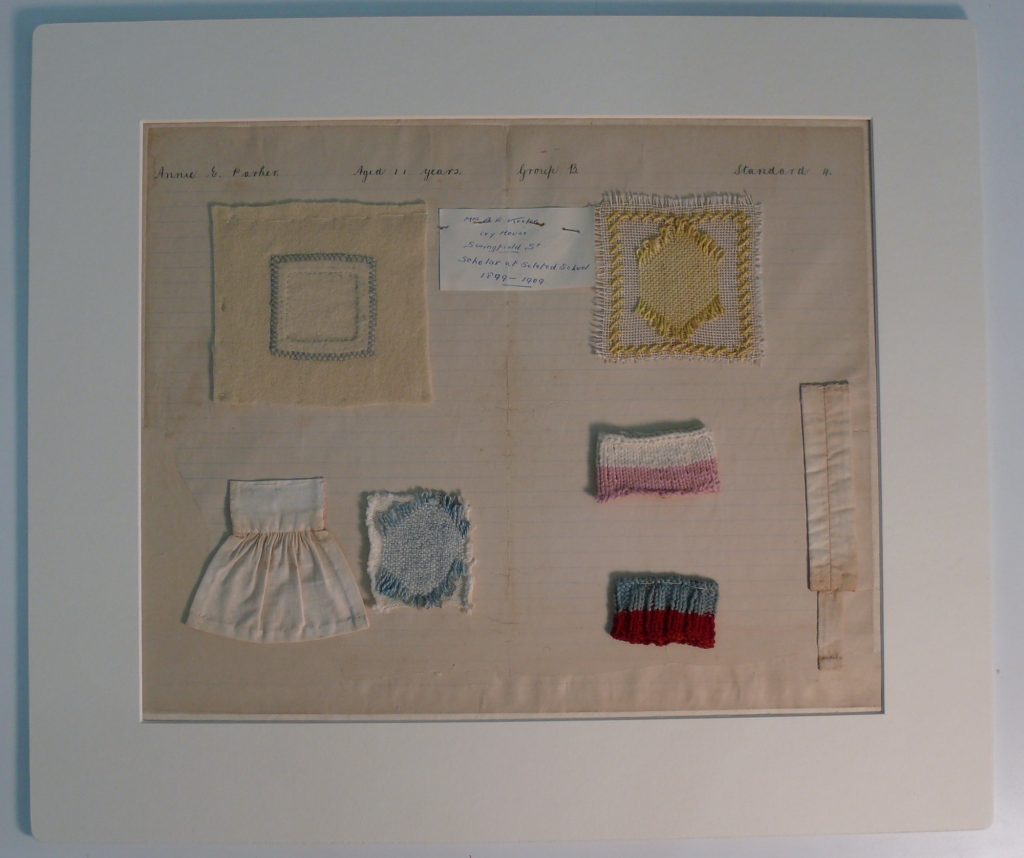
A wonderful project conserving the National Aerospace Library‘s historic Cuthbert Hodgson ballooning fabric and ephemera collection kept our paper and textile conservator’s very busy for some time. This unique collection of fragments of early hot air balloons, tickets, advertisements and commemorative material was popular with users of the archive but in no fit state to be viewed. After conserving each piece we devised a uniform approach to carefully storing each group of items so that they could be accessed more safely.
The textile and paper fragments were treated according to their individual needs and then arranged on acid free boards with window mounts built up around to give the correct depth to each enclosure. The mounts remove the need to handle the objects directly and can be used for display as well as storage.
Cloth bound solander boxes were commissioned to house the collection as per the client’s requirement. These are stored with the rest of the archive at the National Aerospace Library at Farnborough Airfield and can be viewed by appointment.
